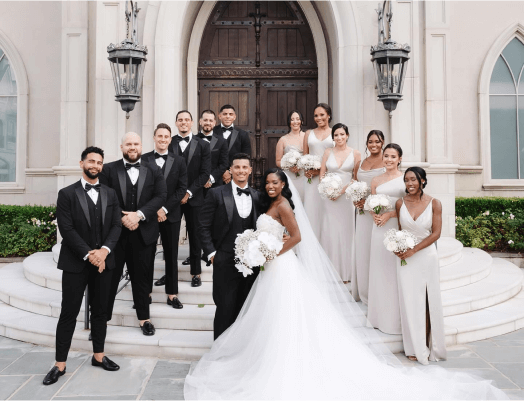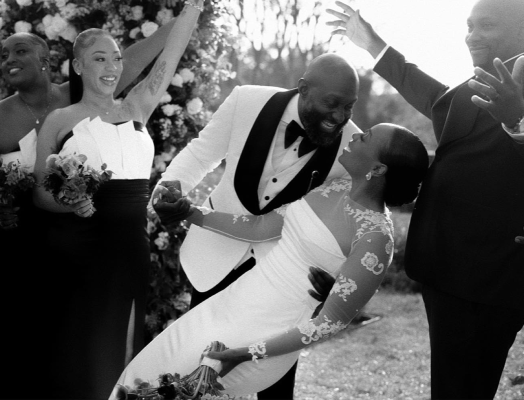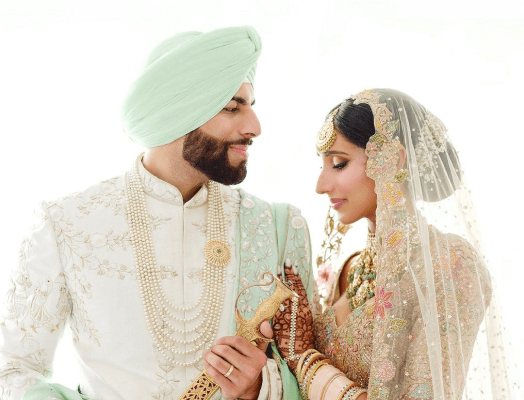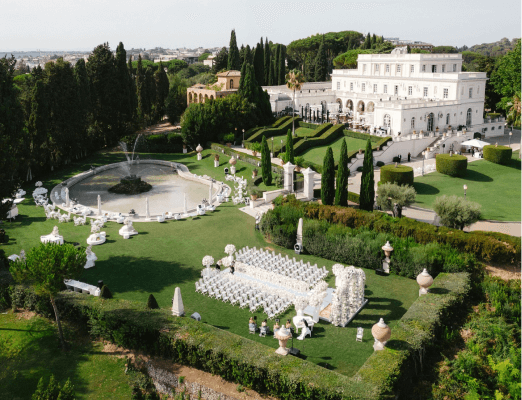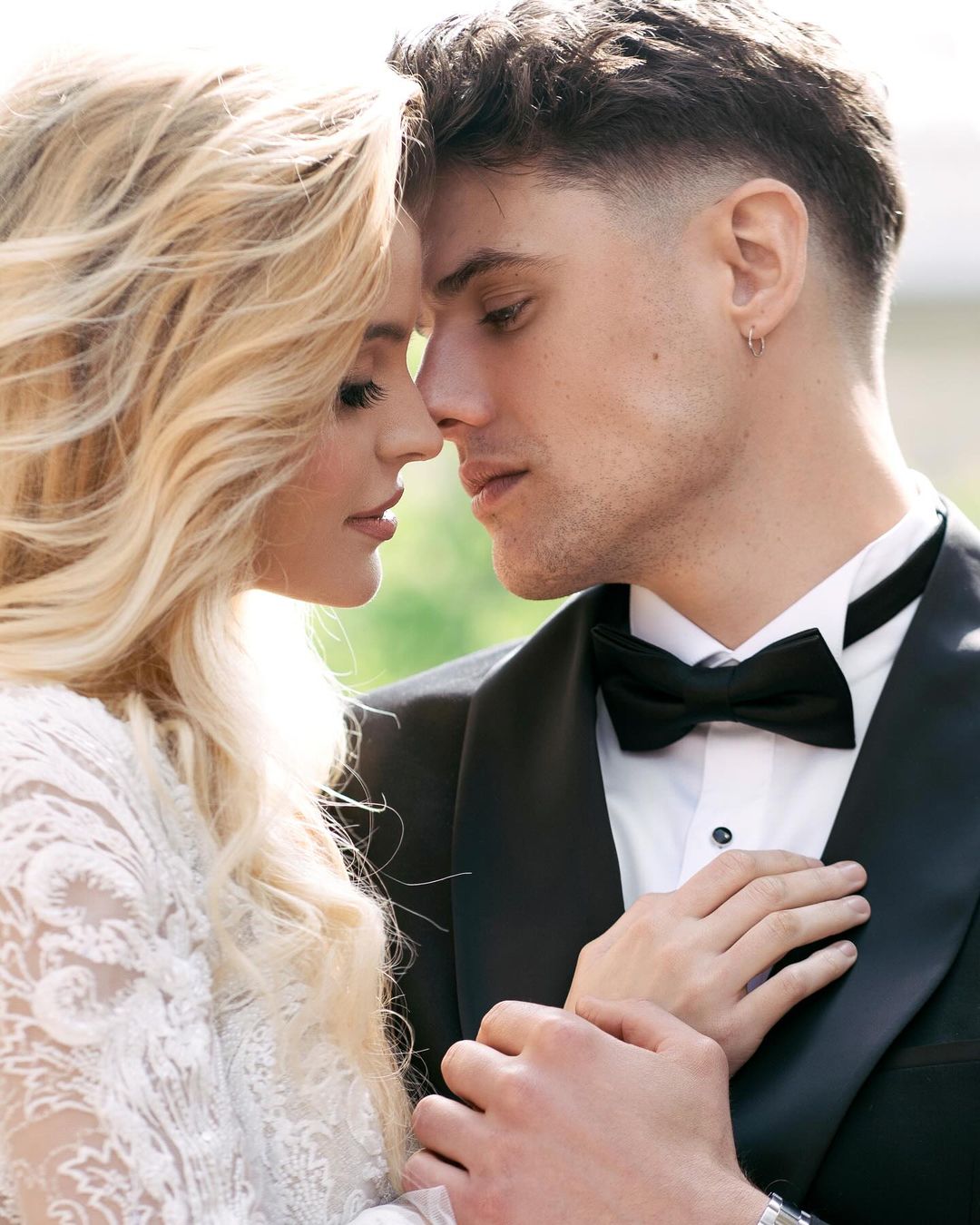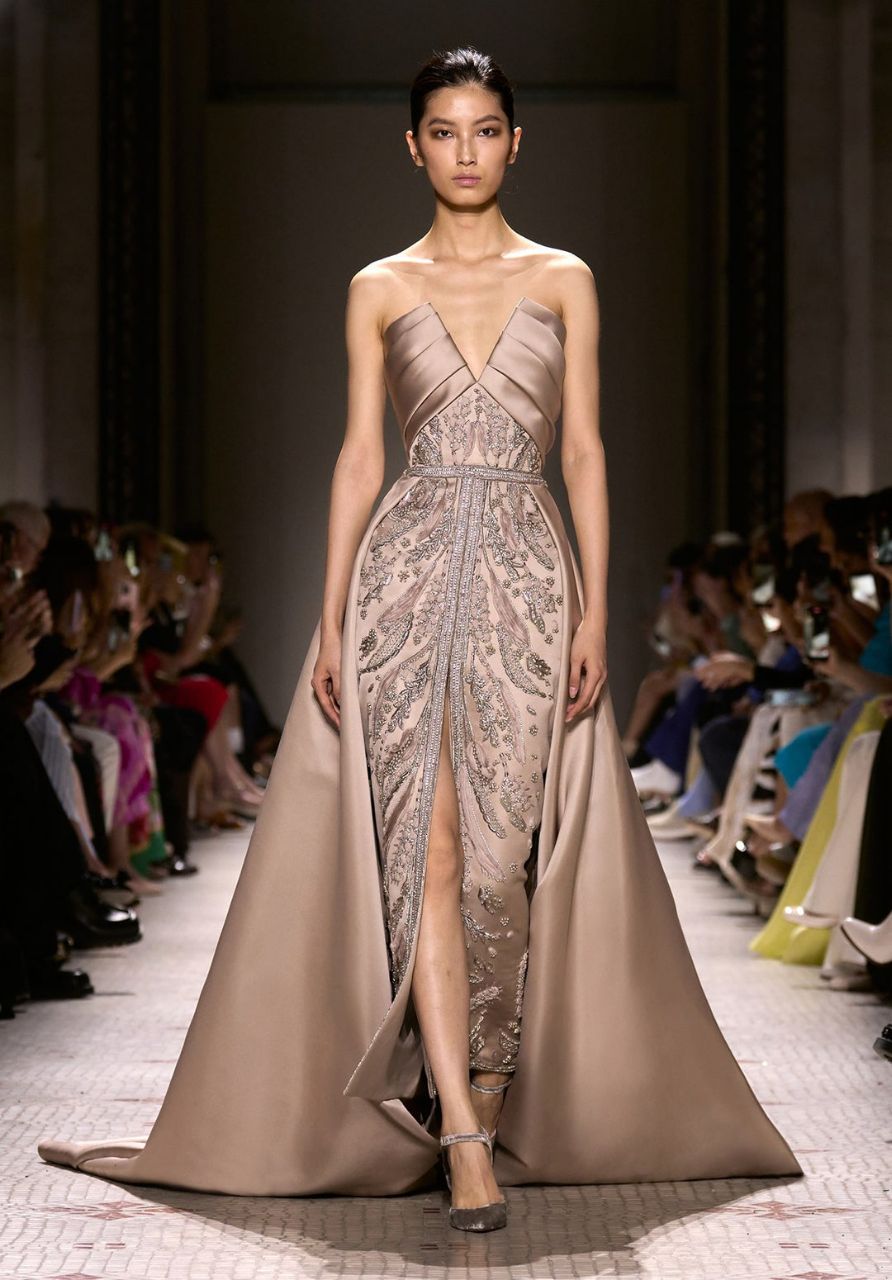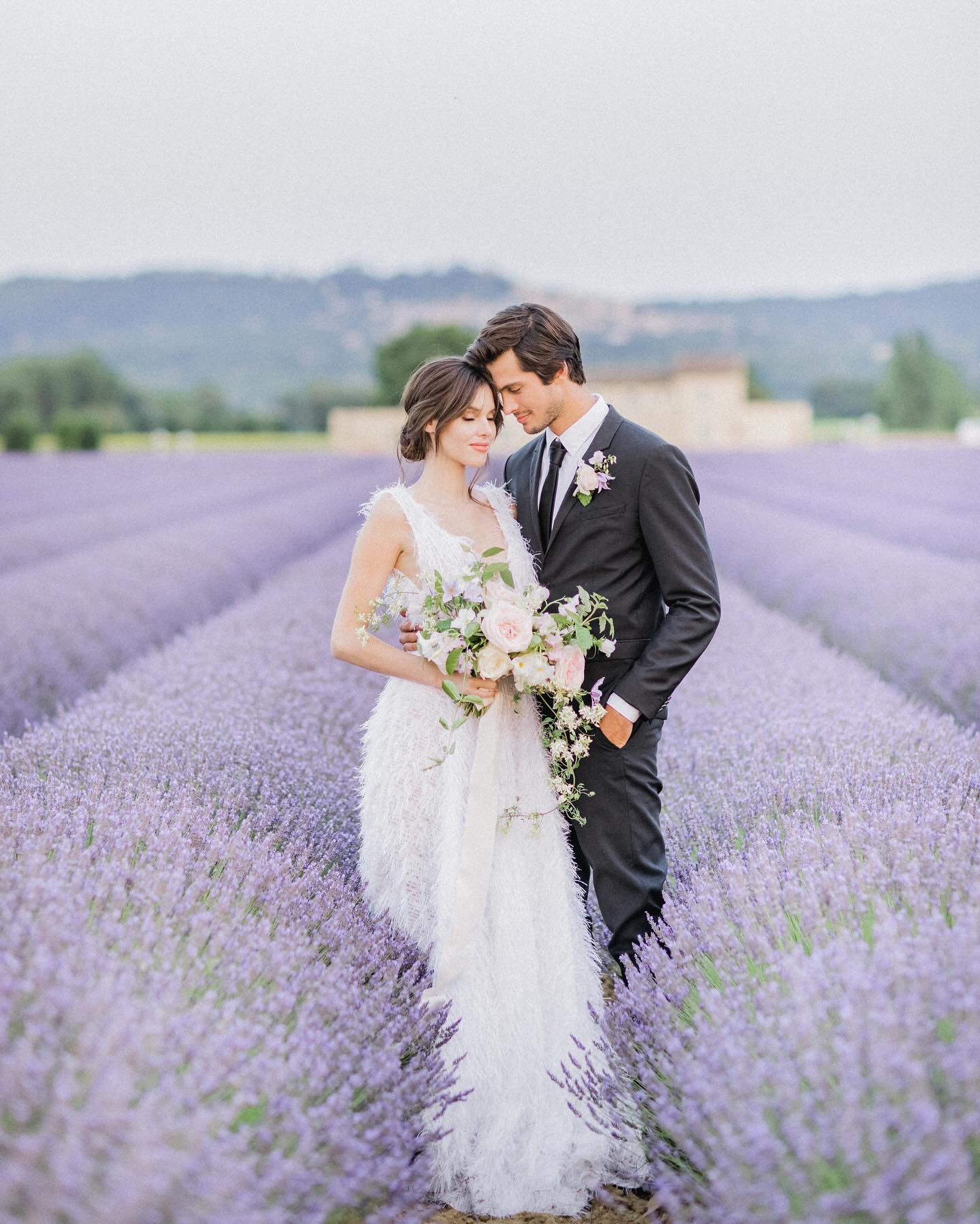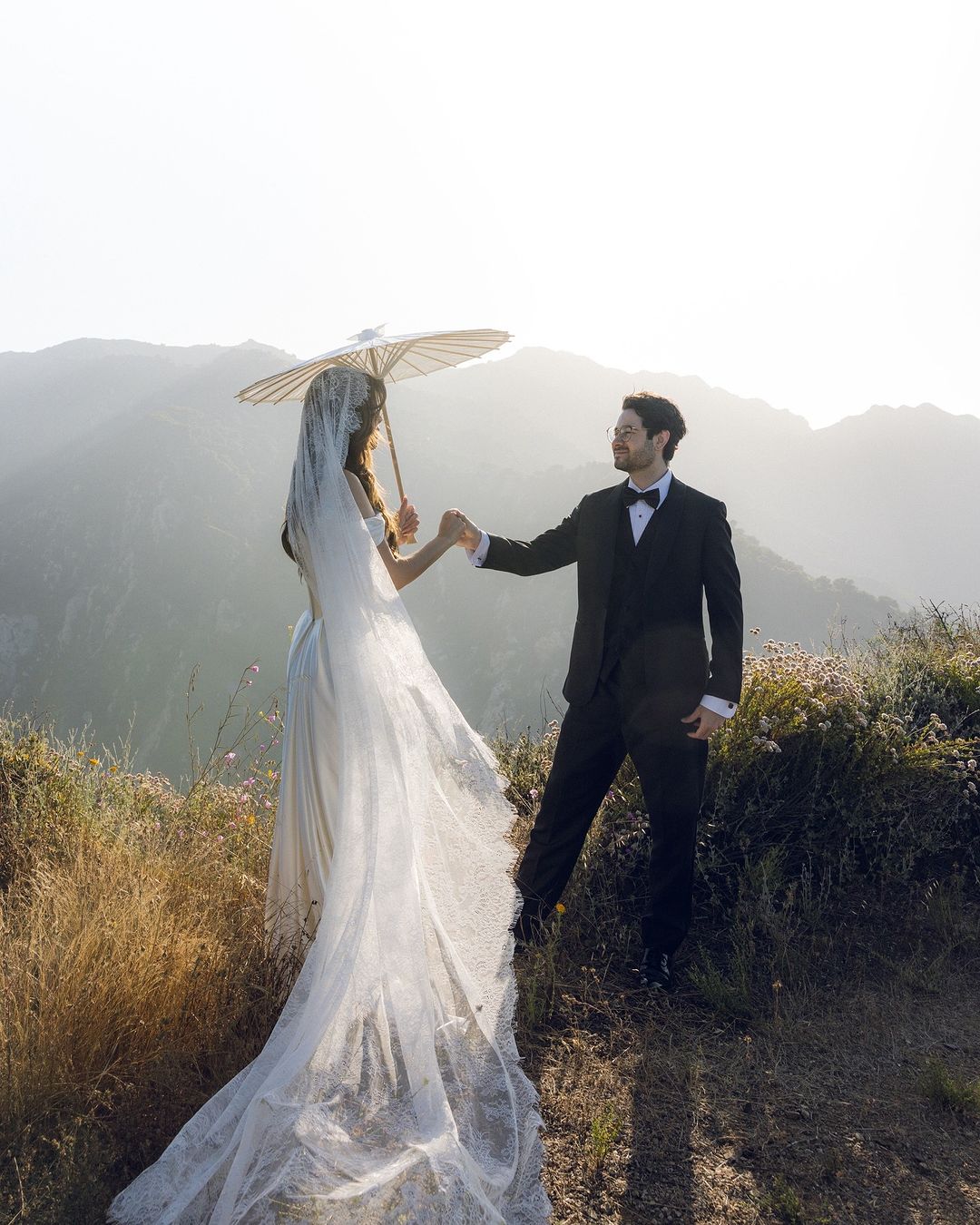Bordeaux Wines and Champagne in French Weddings
- Author: Natali Grace Levine
- Reading time: 18 min 30 sec
- Publication date: 07/07/2024
- Updated: 07/29/2025
- Bordeaux wines and Champagne
- Historical Context Bordeaux Wines
- Historical Context Champagne
- Selecting the Perfect Wines and Champagne for a Wedding
- Incorporating Wine and Champagne into Wedding Events
- Enhancing the Wedding Atmosphere with Wine and Champagne
- Real-Life Inspirations
- 20 Tips for Couples on Incorporating Bordeaux Wines and Champagne into Wedding:
Wine and champagne hold a revered place in French culture, symbolizing celebration, tradition, and the art of living well. French winemaking dates back over two millennia, with each region offering unique varieties that reflect local terroirs and craftsmanship. In France, wine is not merely a beverage but a cultural artifact deeply intertwined with national identity and social rituals. It is a staple at meals, fostering a sense of community and conviviality in both casual and formal settings. The French appreciation for wine extends to its sensory qualities and the stories behind each bottle, often involving family legacies and meticulous vineyard practices.
Champagne, originating from the Champagne region, epitomizes celebration and luxury. Historically endorsed by French royalty, it has become the quintessential drink for marking special occasions. The popping of a champagne cork is universally recognized as a symbol of joy and festivity, from New Year’s Eve to weddings. Wine and champagne are also central to various French cultural practices and festivals, such as grape harvest celebrations that emphasize their agricultural and communal importance.
These beverages play a significant role in local economies and cultural traditions, bringing people together and enhancing life's special moments. The profound significance of wine and champagne in French culture encompasses historical, social, and economic dimensions, making them essential elements of the French heritage.
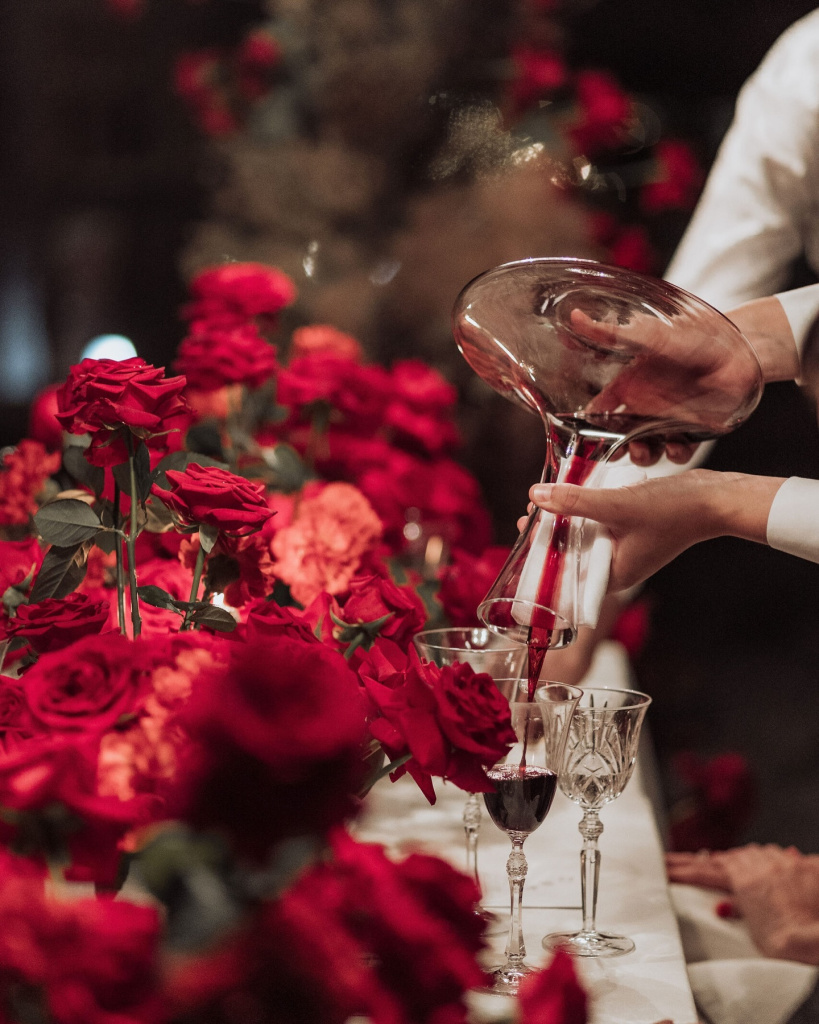
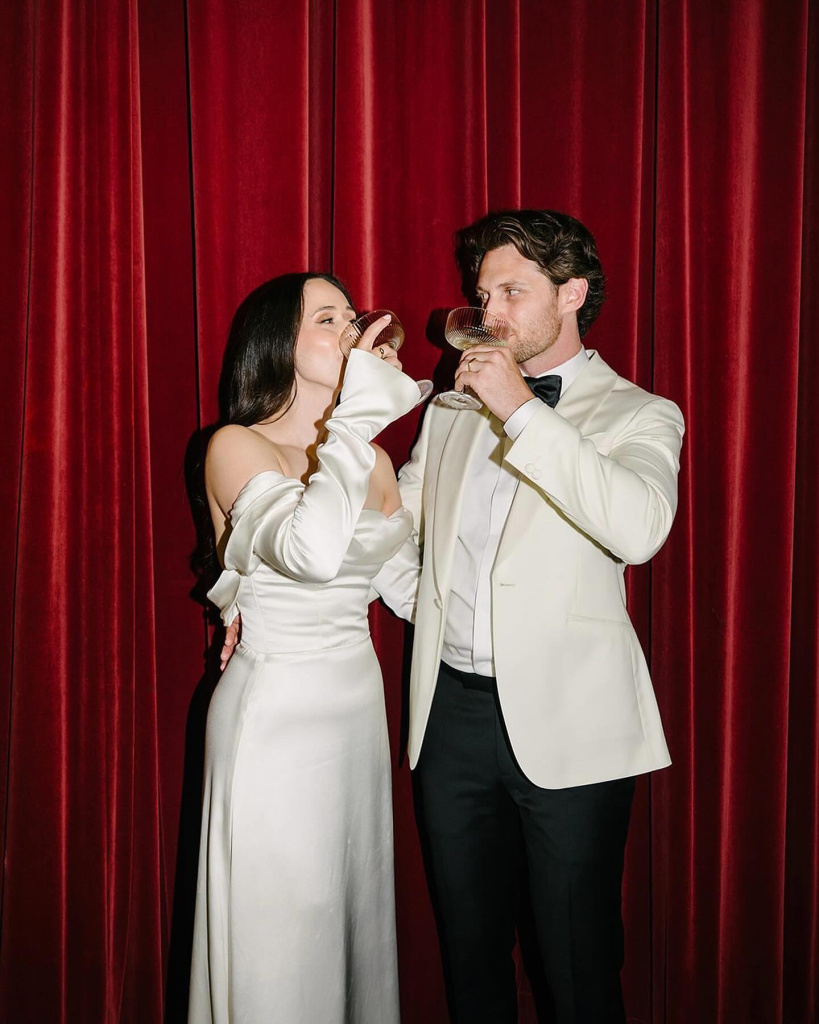
Find Your Perfect Wedding Vendors
Bordeaux wines and Champagne
Bordeaux wines and Champagne hold a special place in the context of French weddings, adding a touch of elegance and sophistication to the celebration. Bordeaux, with its rich winemaking tradition and renowned vineyards, produces wines that are perfect for pairing with gourmet wedding dishes. These wines, known for their complexity and depth, enhance the culinary experience, making the wedding feast memorable for all attendees. Champagne, on the other hand, is the ultimate symbol of celebration, with its effervescent bubbles and luxurious appeal making it ideal for toasting to the newlyweds.
Including Bordeaux wines and Champagne in a wedding adds a layer of cultural richness, reflecting France's heritage and the couple's appreciation for fine beverages. The presence of these iconic drinks can elevate the wedding atmosphere, creating moments of joy and festivity. Serving Bordeaux wines and Champagne also provides an opportunity to introduce guests to the diversity and excellence of French winemaking.
Historical Context Bordeaux Wines
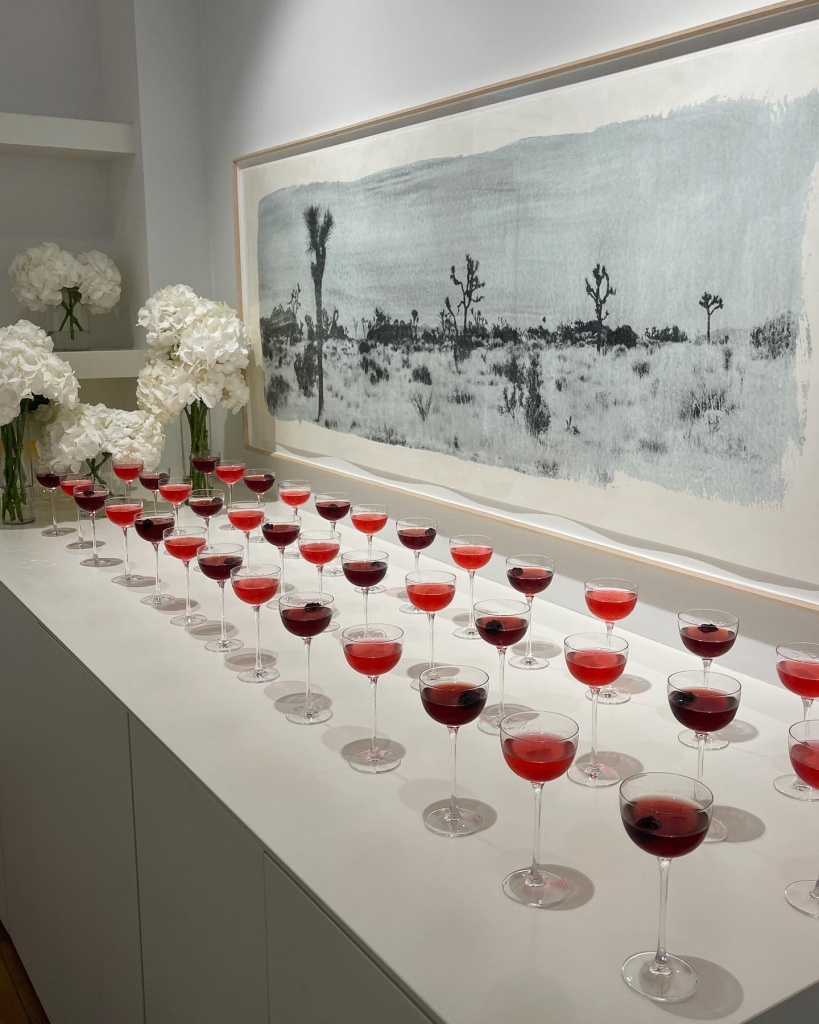
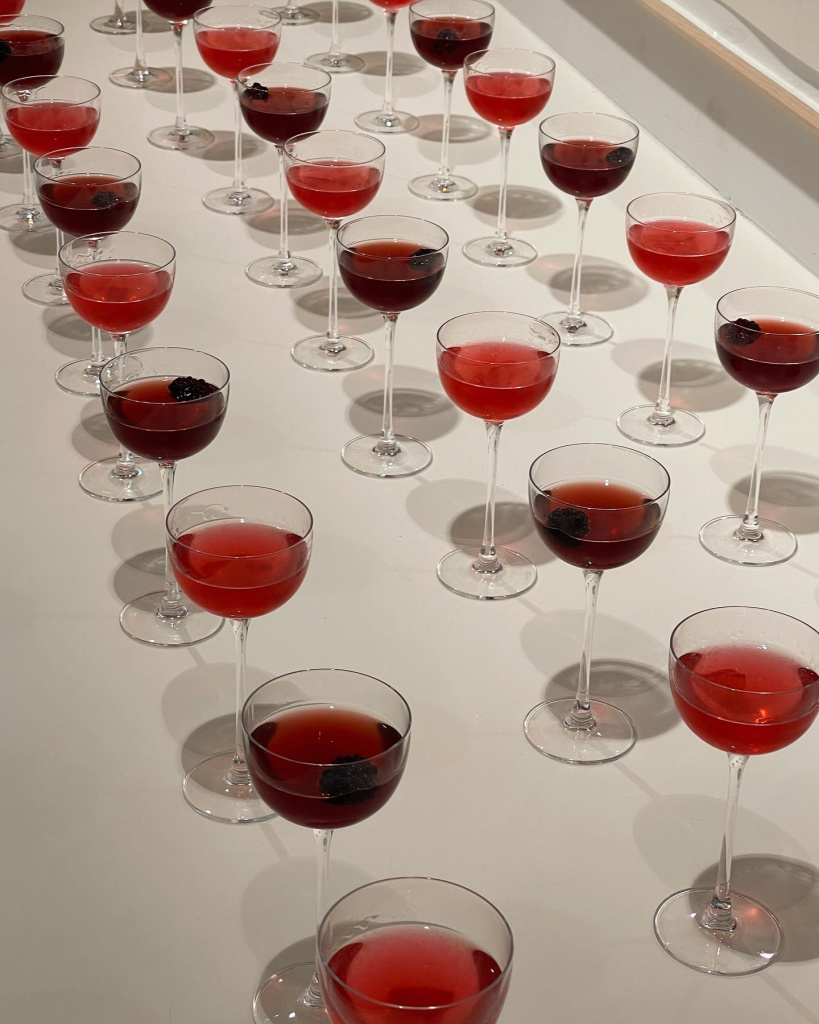
Bordeaux's history as a wine-producing region dates back to Roman times, when vineyards were first planted around 60 BC. The region's strategic location along the Garonne River facilitated trade and export, making Bordeaux wines popular in England as early as the 12th century. During the Middle Ages, Bordeaux became a key player in the wine trade due to the marriage of Eleanor of Aquitaine to Henry II of England, which boosted its exports. The 18th century marked a golden age for Bordeaux, with the establishment of many famous châteaux and the classification of 1855, which further cemented its reputation. The region's rich history is reflected in its wine culture, architecture, and traditions that continue to attract wine enthusiasts worldwide. Bordeaux has weathered numerous challenges, including phylloxera and wars, yet it has always rebounded, maintaining its status as a premier wine-producing area. Today, Bordeaux is synonymous with high-quality wine and remains a benchmark for viticulture and winemaking.
Key Grape Varieties and Wine Styles
Bordeaux is renowned for its diverse range of grape varieties, with Cabernet Sauvignon and Merlot being the most prominent. Cabernet Sauvignon, known for its bold flavors and high tannin content, contributes structure and longevity to Bordeaux blends. Merlot, on the other hand, offers softness and rich, fruity flavors, balancing the intensity of Cabernet Sauvignon. Other significant grape varieties in Bordeaux include Cabernet Franc, Petit Verdot, and Malbec, each adding unique characteristics to the blends. Bordeaux wines are typically blends, with the Left Bank (Médoc) favoring Cabernet Sauvignon-dominant wines and the Right Bank (Saint-Émilion and Pomerol) leaning towards Merlot-dominant blends. In addition to red wines, Bordeaux is also famous for its white wines, particularly Sauvignon Blanc and Sémillon, which are used to produce both dry and sweet wines, including the renowned Sauternes. This diversity in grape varieties and wine styles allows Bordeaux to cater to a wide range of palates and occasions, enhancing its global appeal.
Evolution of Bordeaux Wines and Their Global Reputation
Bordeaux wines have evolved significantly over the centuries, adapting to changing tastes and technological advancements. The 1855 classification of Bordeaux wines, initiated by Emperor Napoleon III, established a ranking system that highlighted the finest châteaux, boosting the region's global prestige. Advances in viticulture and winemaking techniques, such as improved vineyard management and fermentation processes, have enhanced the quality and consistency of Bordeaux wines. The region's ability to innovate while maintaining tradition has been key to its enduring success. Bordeaux's global reputation has been bolstered by its strong presence in international markets, with exports reaching wine enthusiasts worldwide. Prestigious wine critics and publications consistently praise Bordeaux wines, further cementing their status. Today, Bordeaux stands as a symbol of excellence in winemaking, with its wines sought after by collectors and connoisseurs around the globe.
Historical Context Champagne
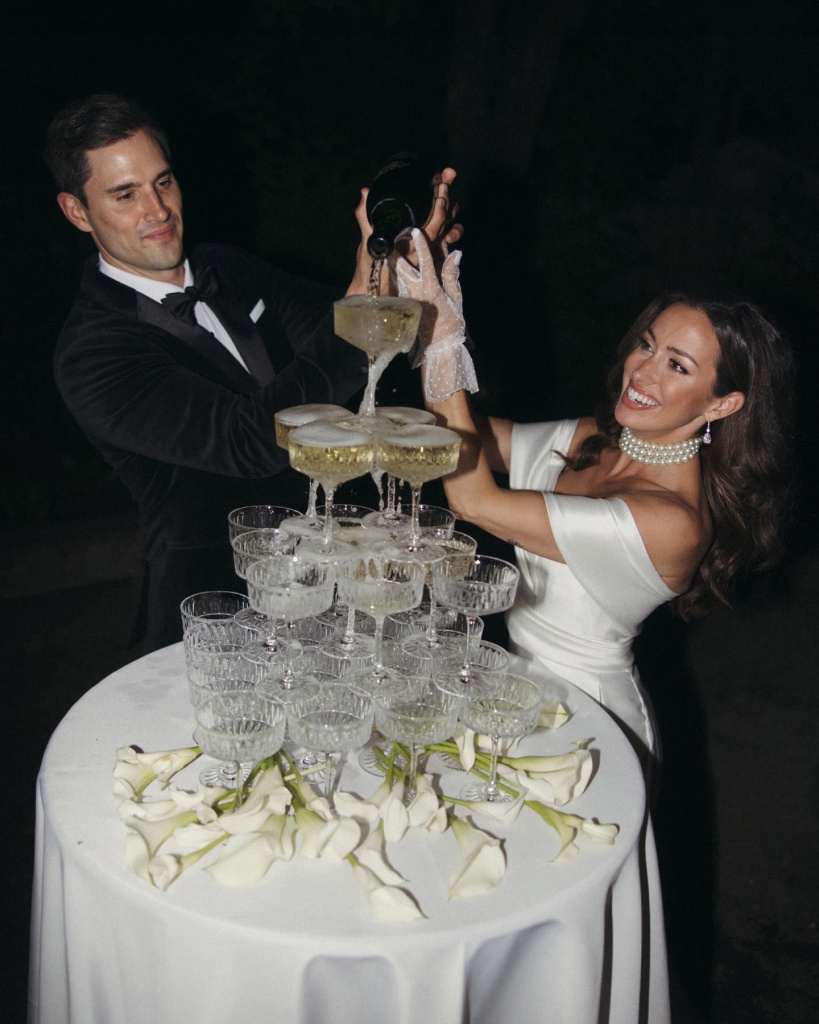
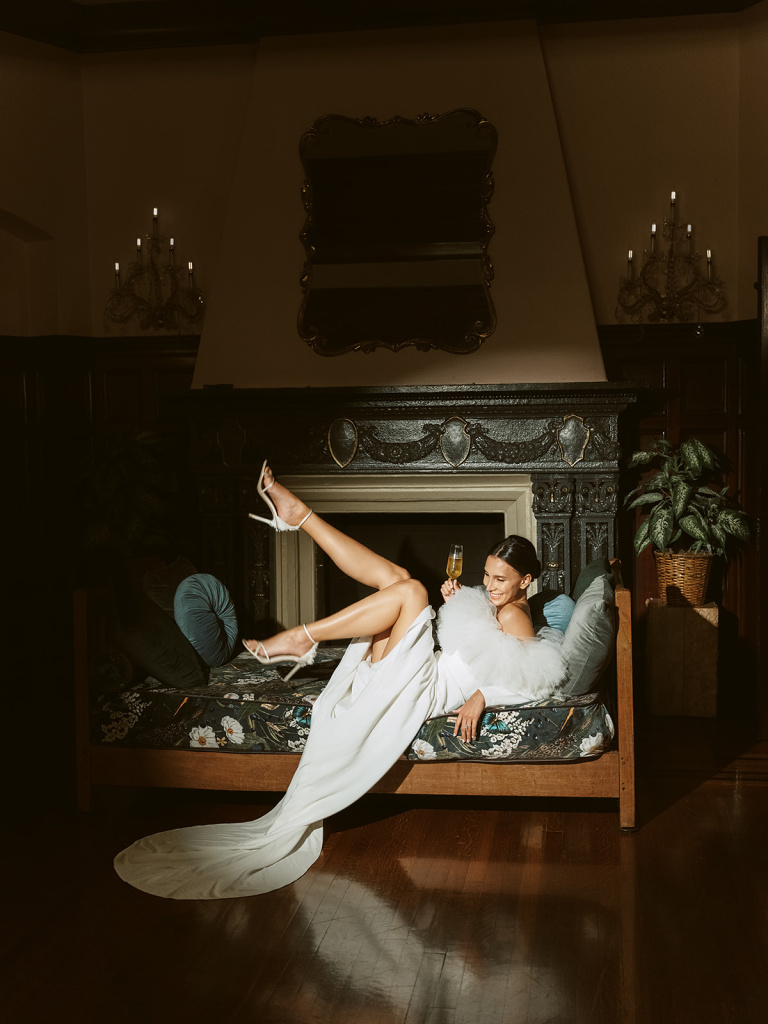
The history of Champagne dates back to the Roman era, when vineyards were first planted in the Champagne region of France. However, it was not until the 17th century that the sparkling wine we know today began to take shape, largely thanks to the work of the monk Dom Pérignon. Dom Pérignon, often credited with developing the méthode champenoise, refined the process of making sparkling wine, improving its quality and consistency. The Champagne region’s unique climate and chalky soils contribute to the distinct characteristics of its wines. By the 18th century, Champagne had gained popularity among European royalty and the aristocracy, becoming a symbol of luxury and celebration. The official recognition of the Champagne Appellation d'Origine Contrôlée (AOC) in 1936 helped protect the name and quality of Champagne wines. Today, Champagne is synonymous with elegance and festivity, cherished worldwide for its unique taste and effervescent quality.
The Unique Production Method (Méthode Champenoise) and Its Impact on Quality
The méthode champenoise, also known as the traditional method, is a meticulous and labor-intensive process that is central to the production of Champagne. This method involves a second fermentation in the bottle, which creates the characteristic bubbles. After the initial fermentation, a mixture of sugar and yeast is added to the base wine, and the bottle is sealed with a temporary cap. The wine is then aged on its lees (yeast sediment) for a minimum of 15 months, which enhances its complexity and flavor. During this period, bottles are regularly rotated and tilted in a process called riddling, which helps consolidate the lees near the bottle neck. Finally, the lees are removed through disgorgement, and the wine is topped up with a dosage, a mixture of wine and sugar, which determines its sweetness. This traditional method not only ensures the highest quality but also contributes to the rich, creamy texture and fine bubbles that distinguish Champagne from other sparkling wines.
The Symbolism of Champagne in Celebrations, Particularly Weddings
Champagne holds a special place in celebrations, particularly weddings, where it symbolizes joy, luxury, and new beginnings. The tradition of toasting with Champagne at weddings is a way to honor the newlyweds and wish them a prosperous future. Its effervescence is often seen as a metaphor for the excitement and happiness of the occasion. The ritual of opening a bottle of Champagne, with its distinctive pop and cascade of bubbles, adds a dramatic and festive element to the celebration. Champagne’s association with royalty and high society further enhances its image as a drink of distinction and elegance. It is commonly used in various wedding traditions, such as the first toast, cake cutting, and even Champagne fountains. By serving Champagne, couples not only adhere to tradition but also elevate the overall experience of their wedding, making it memorable for all guests. The timeless allure of Champagne ensures it remains the quintessential beverage for marking life’s most joyous moments.
Selecting the Perfect Wines and Champagne for a Wedding
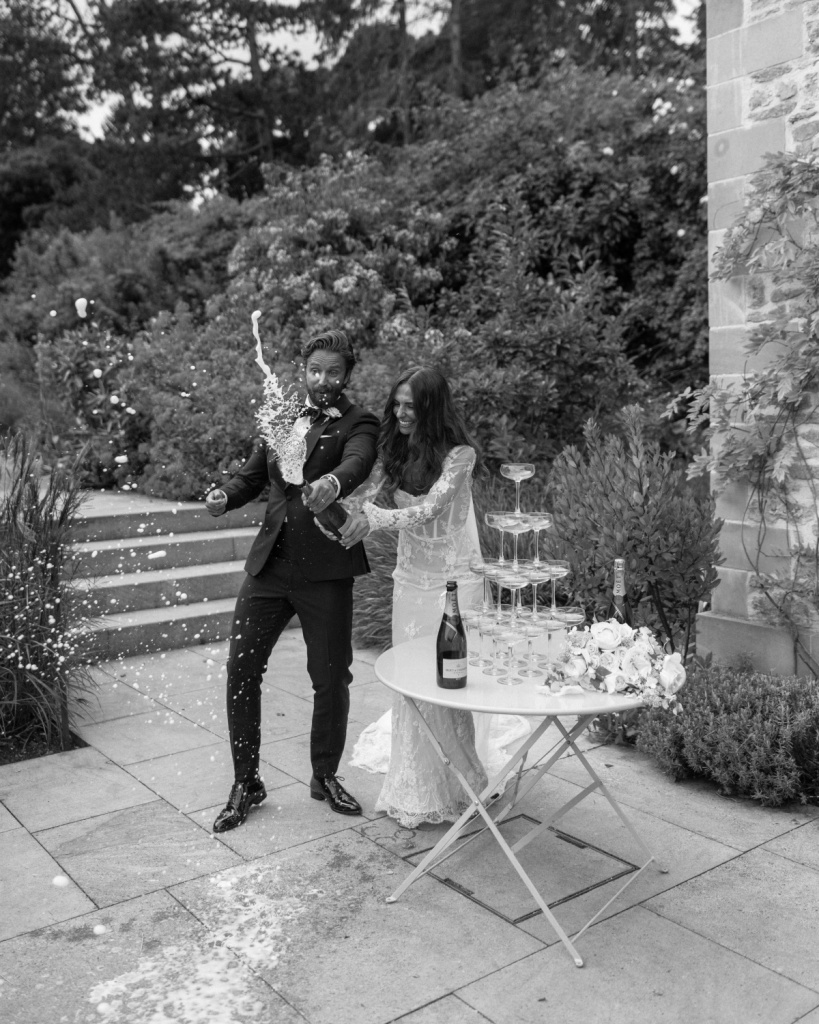
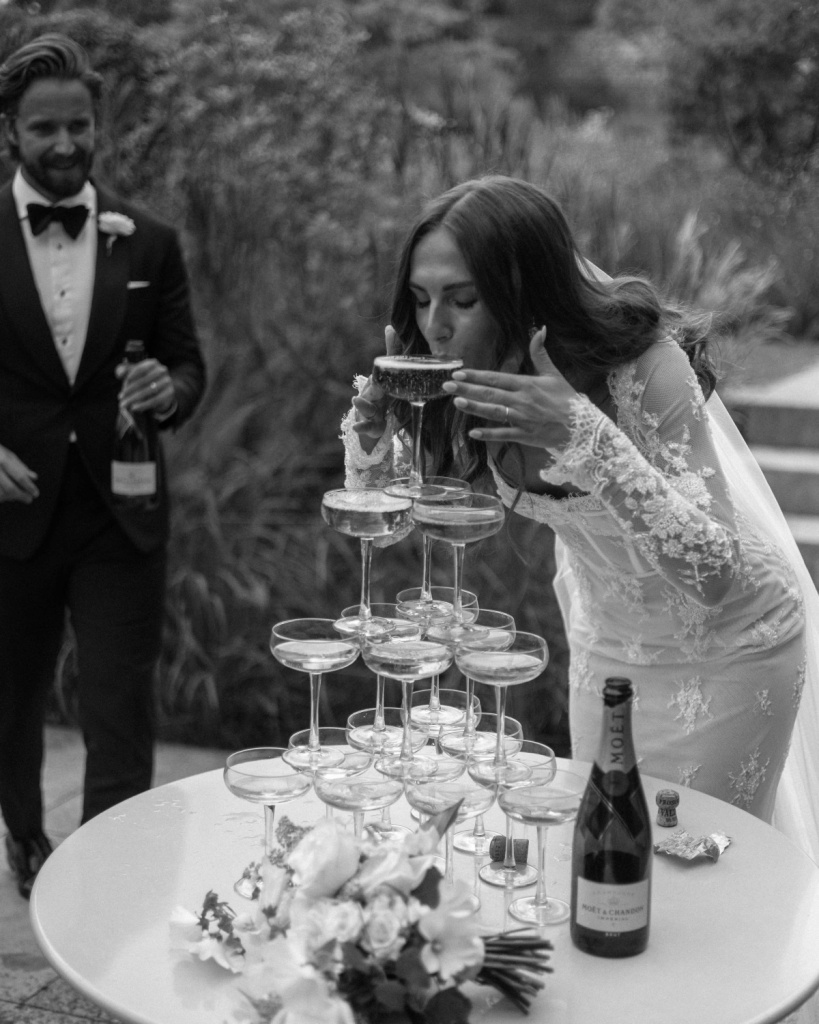
When selecting Bordeaux wines for a wedding, consider the different phases of the celebration and the atmosphere you want to create. For the reception, choose a light and refreshing white Bordeaux, such as a Sauvignon Blanc, to welcome guests and complement light appetizers. During dinner, opt for a robust red Bordeaux, like a blend from the Médoc region, which pairs well with main courses featuring red meat or rich sauces. For a white wine option during dinner, a Bordeaux Blanc, made from Sauvignon Blanc and Sémillon, can pair beautifully with fish or poultry dishes. When it comes time for the toast, consider a sparkling Crémant de Bordeaux, which offers a celebratory touch without overshadowing the Champagne. To accommodate diverse palates, provide a selection of both red and white Bordeaux wines. Finally, for dessert, a sweet Bordeaux wine, such as Sauternes, can complement sweet treats and create a memorable finale to the meal.
Popular Bordeaux Wine Options for Weddings
For a wedding, selecting renowned Bordeaux wines can add a touch of luxury and sophistication to the celebration. Château Margaux, known for its elegance and complexity, is an excellent choice for a special occasion, pairing well with a variety of dishes. Château Latour, with its powerful and structured profile, is ideal for guests who appreciate robust red wines. Château Haut-Brion, one of the oldest and most prestigious Bordeaux estates, offers a rich and refined experience that will impress connoisseurs. Château Lafite Rothschild, celebrated for its finesse and longevity, can be a memorable addition to the wedding feast. For a white wine option, Château Smith Haut Lafitte Blanc is a superb choice, offering a balance of freshness and depth. For those looking for a sweet wine, Château d'Yquem, a premier producer of Sauternes, can add a luxurious touch to the dessert course. These iconic wines not only enhance the dining experience but also create a lasting impression on guests.
Pairing Bordeaux Wines with Wedding Menu Items
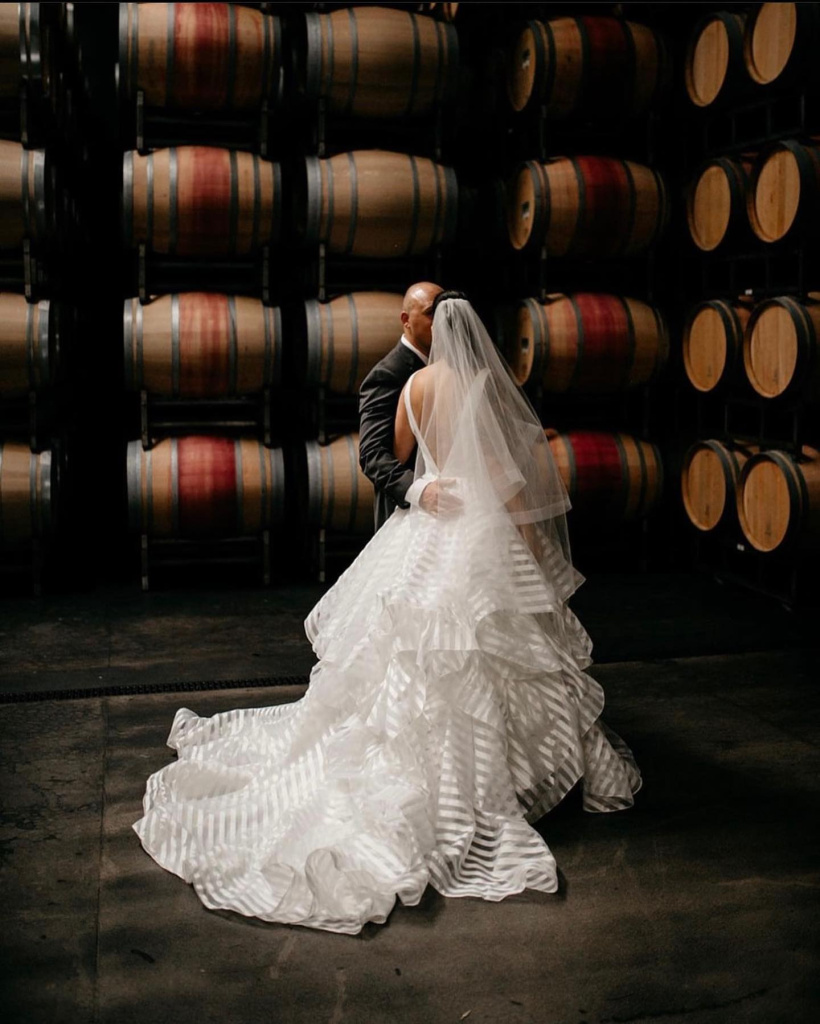
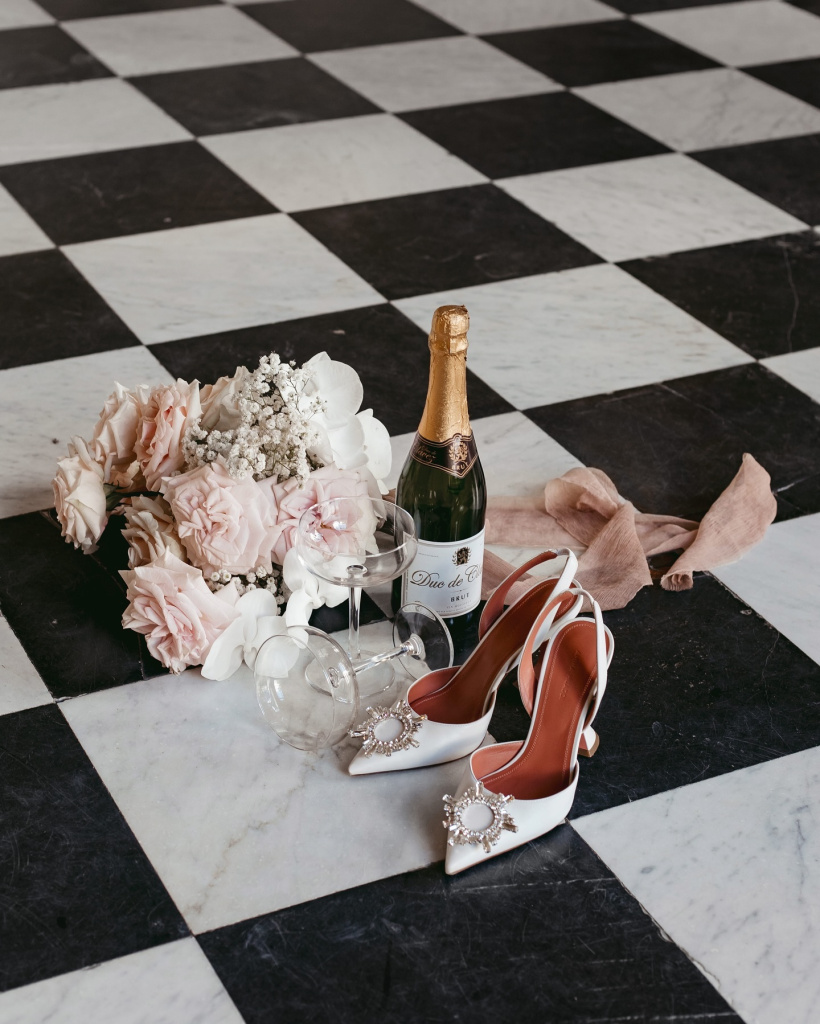
Pairing Bordeaux wines with the wedding menu can elevate the dining experience and highlight the flavors of each dish. For a starter of seafood or light salads, a crisp and aromatic Bordeaux Blanc, such as those from the Graves region, works beautifully. Main courses featuring lamb or beef benefit from the bold and tannic structure of a red Bordeaux from the Médoc or Pauillac regions. For poultry or game birds, a Merlot-dominant blend from the Right Bank, such as a Saint-Émilion, provides a harmonious match with its softer tannins and fruity notes. If serving fish or shellfish, consider a white Bordeaux made from Sauvignon Blanc and Sémillon, which offers a refreshing contrast. Rich, creamy dishes like risotto or cheese can be complemented by a well-balanced red Bordeaux, enhancing the meal’s depth. For dessert, a sweet Bordeaux like Sauternes pairs wonderfully with fruit-based desserts, pastries, and cheeses. These pairings ensure that each course is accentuated by the wine, creating a cohesive and delightful dining experience.
Differences Between Brut, Rosé, and Vintage Champagne
Brut Champagne is the most common style, characterized by its dry taste with a slight hint of sweetness, making it versatile and widely appealing. Rosé Champagne, distinguished by its pink color, is typically fruitier and can range from dry to slightly sweet, often achieved by blending red wine with white Champagne or through skin contact during fermentation. Vintage Champagne is made from grapes harvested in a single exceptional year, offering more complexity, depth, and aging potential compared to non-vintage varieties. The flavor profile of Brut Champagne often includes notes of green apple, citrus, and brioche, while Rosé Champagne may present flavors of red berries, rose petals, and a hint of spice. Vintage Champagne, due to its longer aging process, develops richer, more nuanced flavors such as toasted almonds, dried fruits, and honey. Each style suits different occasions and preferences, with Brut being a safe choice for broad appeal, Rosé adding a touch of romance, and Vintage offering a luxurious experience. Understanding these differences helps in selecting the right Champagne to match the mood and culinary pairings of the event.
Recommended Champagne Houses for Weddings in France
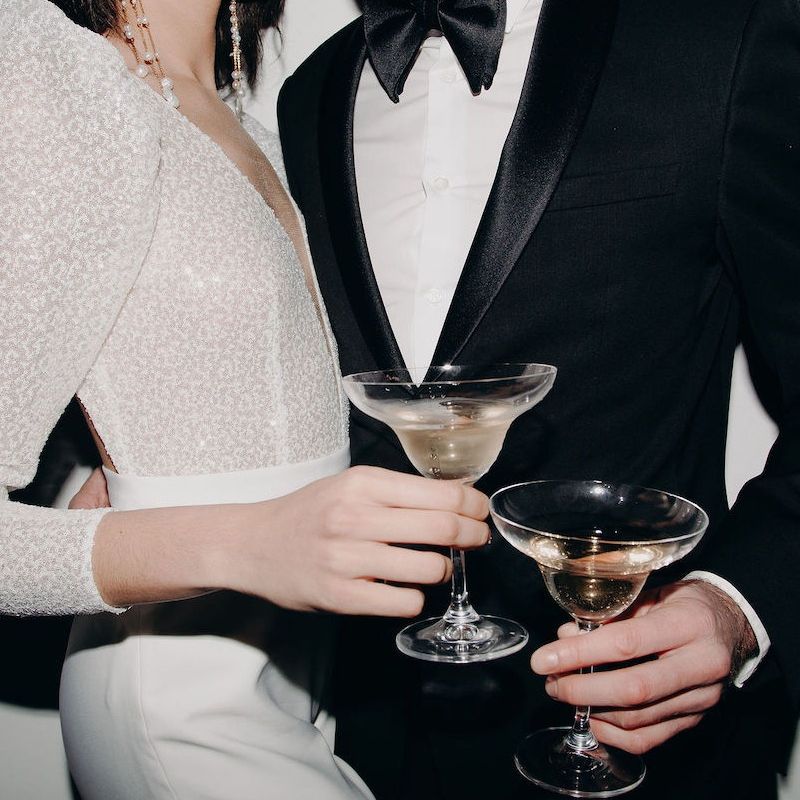
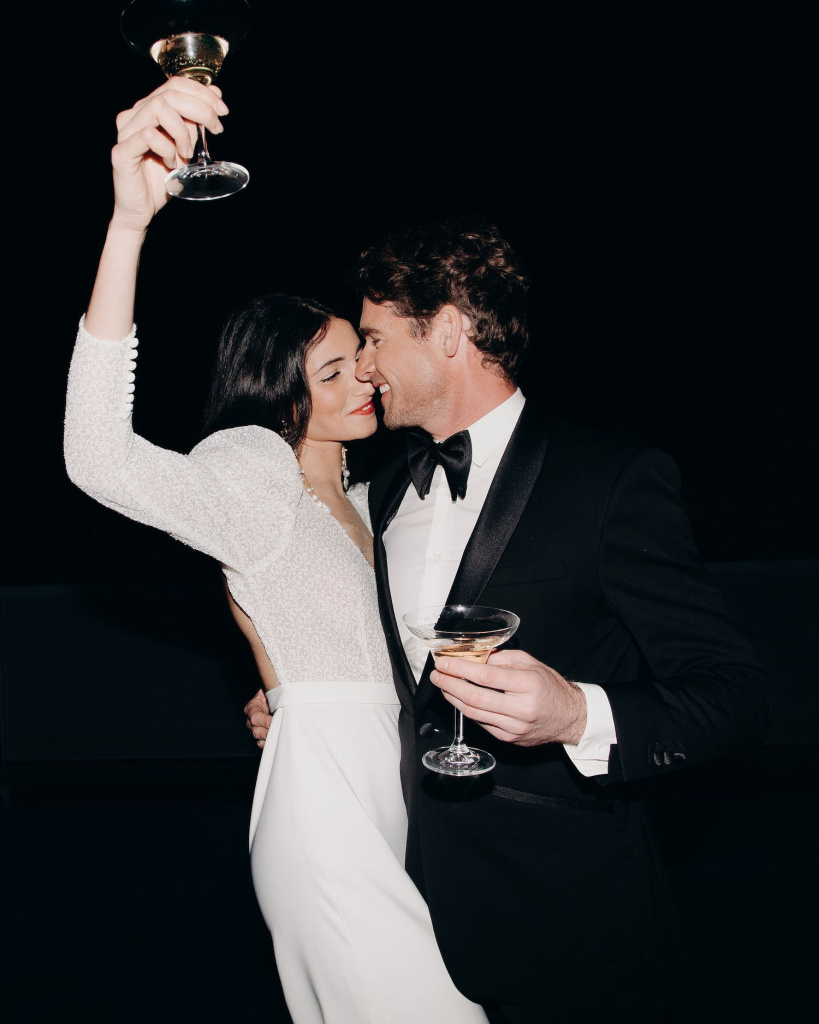
For weddings in France, choosing Champagne from renowned houses ensures high quality and prestige, enhancing the celebration. Moët & Chandon, one of the world's largest and most famous Champagne producers, offers elegant options like the iconic Moët Impérial Brut. Veuve Clicquot is another excellent choice, known for its consistent quality and vibrant yellow label, making it a visually appealing and reliable option for wedding toasts. For those seeking luxury, Dom Pérignon, a prestige cuvée from Moët & Chandon, offers exceptional vintage Champagnes perfect for special occasions. Taittinger, with its crisp and elegant Brut Réserve, is a great option for those who appreciate a lighter style of Champagne. Laurent-Perrier, known for its fresh and refined Champagnes, offers a delightful Rosé that can add a romantic touch to the celebration. For a balance of quality and affordability, G.H. Mumm and its Cordon Rouge Brut is a reliable choice that delivers classic Champagne characteristics. Each of these Champagne houses brings its unique style and reputation, ensuring a memorable and enjoyable experience for wedding guests.
Incorporating Wine and Champagne into Wedding Events
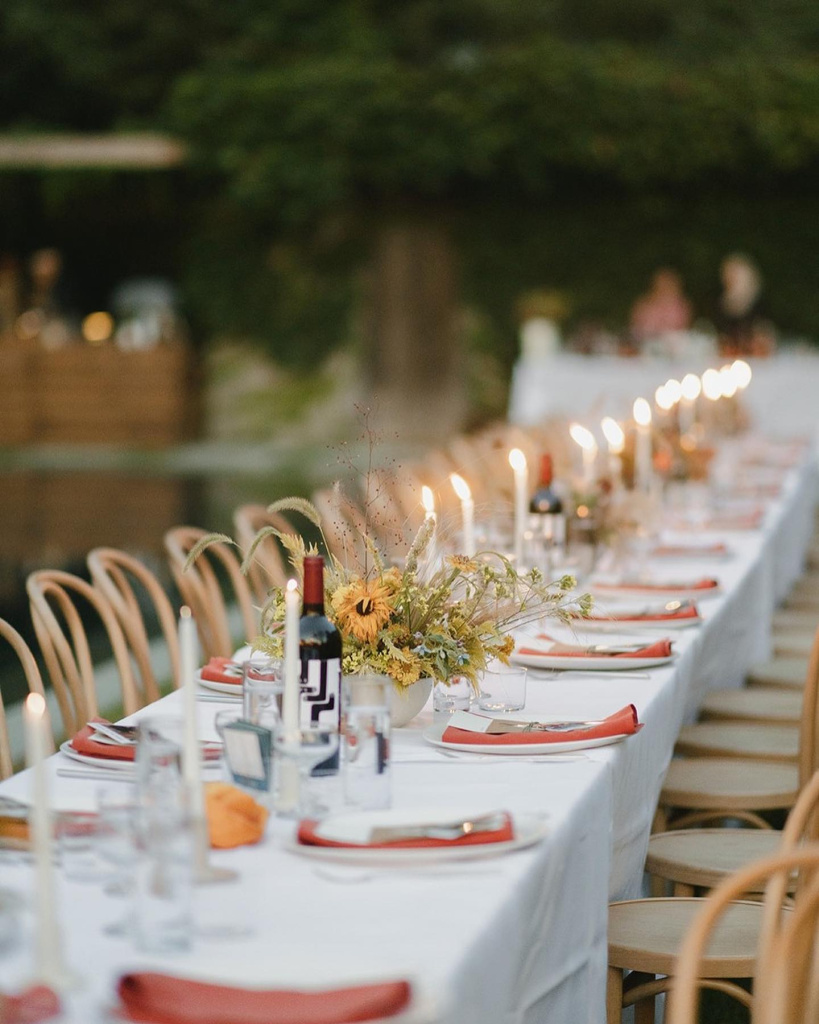
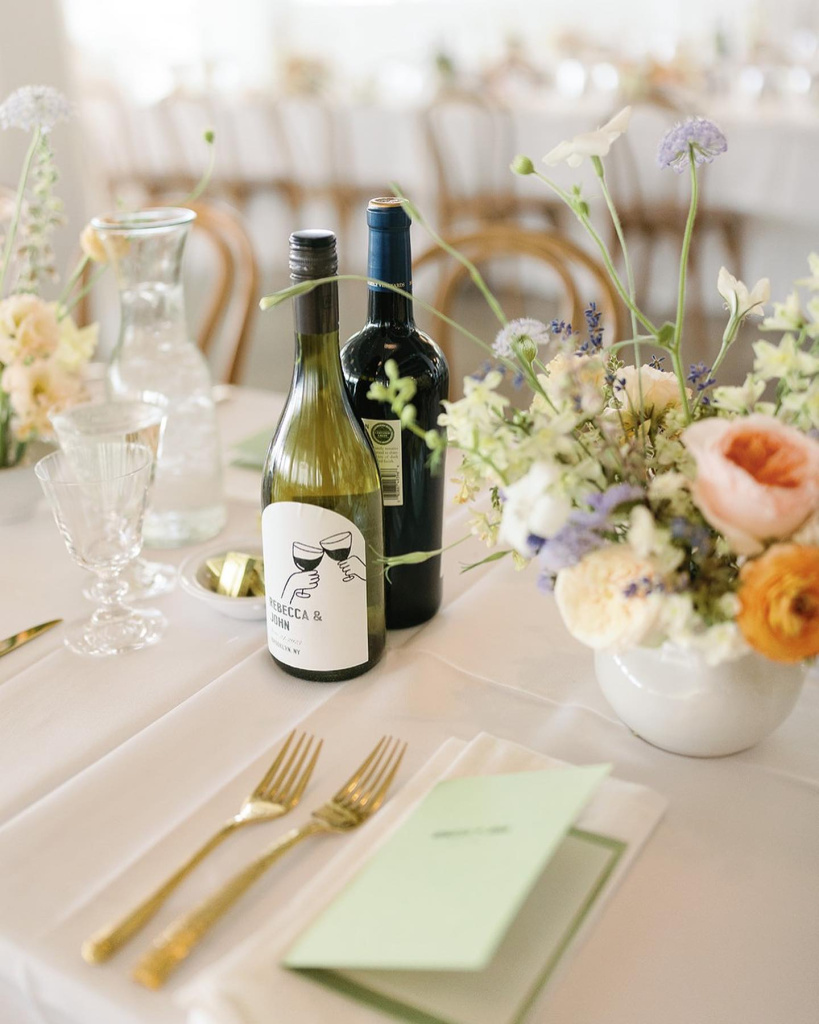
Pre-Wedding Events
Hosting a wine tasting event for the couple and their guests can be a delightful way to celebrate an upcoming wedding. It offers a unique opportunity to explore different wine varieties and learn about their origins, flavors, and pairings. A guided tasting by a sommelier can enhance the experience, providing expert insights and personalized recommendations. Couples can choose wines that reflect their tastes and preferences, creating a customized selection for their wedding day. These events can be intimate gatherings at a local winery or vineyard, or even a private tasting session at home. Incorporating local cuisine and appetizers can further elevate the experience, making it a memorable and educational event. Wine tasting events also serve as a wonderful bonding activity, allowing guests to mingle and share their thoughts on the various wines sampled.
Engagement parties featuring Bordeaux wines and Champagne can add an element of sophistication and celebration to the occasion. Bordeaux wines, with their rich history and complex flavors, make an excellent choice for pairing with a variety of appetizers and main courses. Champagne, with its effervescent and celebratory nature, is perfect for toasting the newly engaged couple and adding a festive touch. Hosting the party at a wine bar or vineyard can create an intimate and elegant atmosphere, ideal for celebrating this special milestone. Guests can enjoy tasting flights of different Bordeaux wines, learning about their unique characteristics and regional differences. Including a selection of both red and white Bordeaux wines ensures that all guests' preferences are catered to. The Champagne toast can be the highlight of the evening, marking the joyous occasion with a glass of bubbles. This blend of Bordeaux wines and Champagne creates a memorable and upscale engagement party that guests will cherish.
Symbolic wine rituals, such as the wine unity ceremony, add a meaningful and unique element to the wedding. In a wine unity ceremony, the couple pours two different wines into a single glass, symbolizing the blending of their lives, dreams, and families. This ritual can be personalized by choosing wines that hold special significance to the couple, such as wines from their hometowns or favorite vineyards. The act of sharing the blended wine signifies their commitment to support and cherish each other in their married life. Including a brief explanation of the ritual's symbolism during the ceremony can help guests appreciate its significance and emotional depth. The wine unity ceremony can be beautifully integrated into the overall flow of the wedding, serving as a poignant moment of connection and reflection. This ritual not only enhances the ceremony with its symbolism but also provides a unique and memorable experience for the couple and their guests.
Wedding Reception
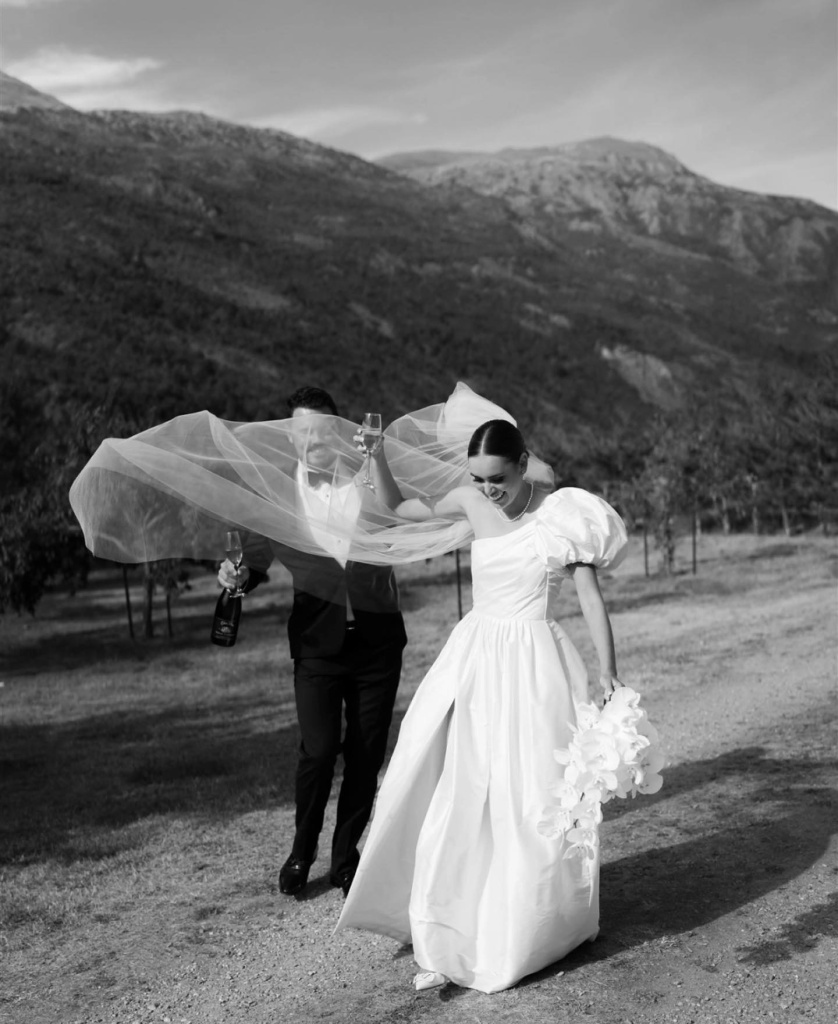
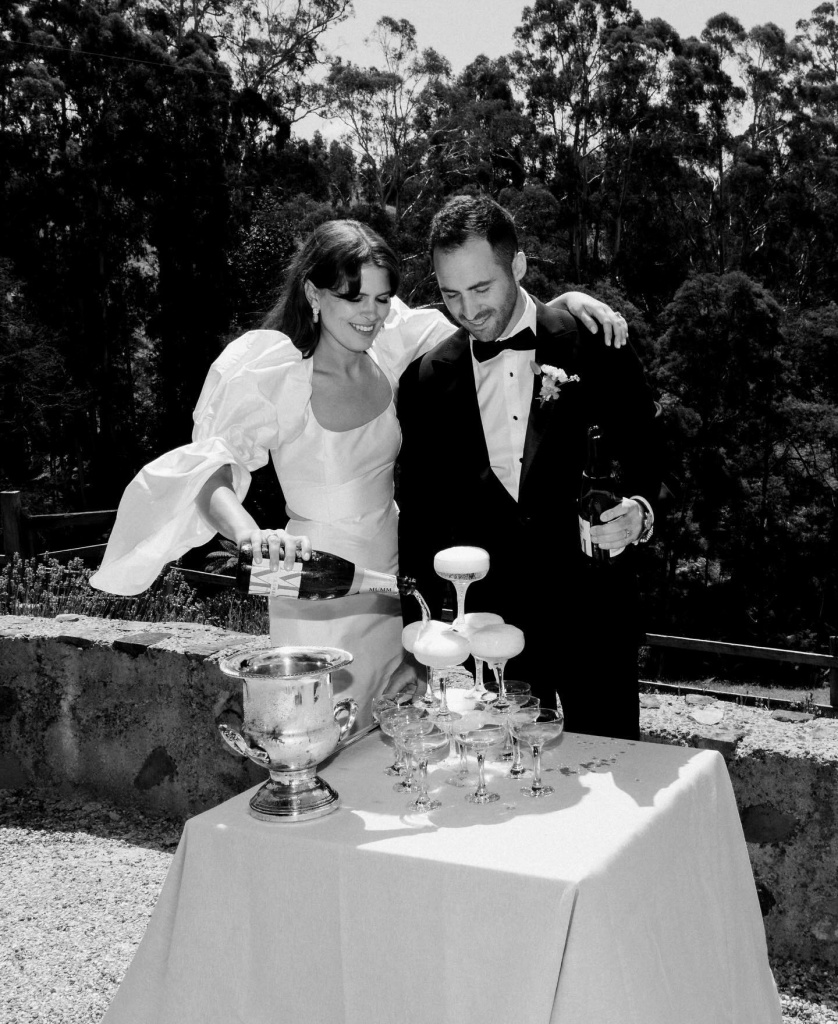
Creating a wine and Champagne bar at your wedding reception adds an element of sophistication and fun for your guests. The bar can be stocked with a diverse selection of wines, including reds, whites, and rosés, as well as a variety of Champagnes to suit different tastes. To enhance the experience, consider including wine tasting notes and pairing suggestions for each selection. A knowledgeable bartender or sommelier can guide guests through their choices, providing insights and recommendations. To personalize the bar, incorporate wines that hold special significance to the couple, such as favorites from trips or wines that were shared on special occasions. Decorate the bar with elegant glassware, wine decanters, and stylish signage to create a visually appealing focal point. Offering wine flights or Champagne samplers can encourage guests to explore and enjoy different varieties throughout the evening.
Pairing wine and Champagne with the different courses of your wedding meal can elevate the dining experience for your guests. Start with a light and crisp Champagne, such as a Brut, for the welcome toast and to accompany light appetizers like oysters or canapés. For the first course, a Sauvignon Blanc or Chardonnay can pair beautifully with salads or seafood dishes. As you move to the main course, a robust red Bordeaux or a Pinot Noir can complement hearty dishes like beef, lamb, or rich pasta. For poultry or lighter meat dishes, a Merlot or a Cabernet Franc can be a perfect match. When serving cheese, consider a versatile red Bordeaux or a sweet Sauternes to balance the flavors. For dessert, a demi-sec Champagne or a sparkling rosé can enhance the sweetness and add a celebratory touch. These pairings ensure that each course is complemented by a suitable wine or Champagne, enhancing the overall dining experience.
Incorporating unique ideas for serving wine and Champagne can make your wedding reception memorable and entertaining. A Champagne tower, where glasses are stacked in a pyramid and filled by pouring Champagne from the top, creates a dramatic and festive centerpiece. Wine fountains, with a steady flow of wine or Champagne, add a touch of opulence and allow guests to help themselves. Personalized wine labels with the couple's names and wedding date can serve as both a decorative element and a keepsake for guests. For an interactive experience, set up a wine blending station where guests can create their own custom blends. Offering a "wine of the month" subscription as a wedding favor can be a delightful surprise for wine-loving guests. Wine and Champagne flights, served on custom wooden boards, allow guests to sample a variety of selections. These creative serving ideas not only enhance the aesthetic appeal but also engage and delight your guests, making the reception a truly unique experience.
Enhancing the Wedding Atmosphere with Wine and Champagne
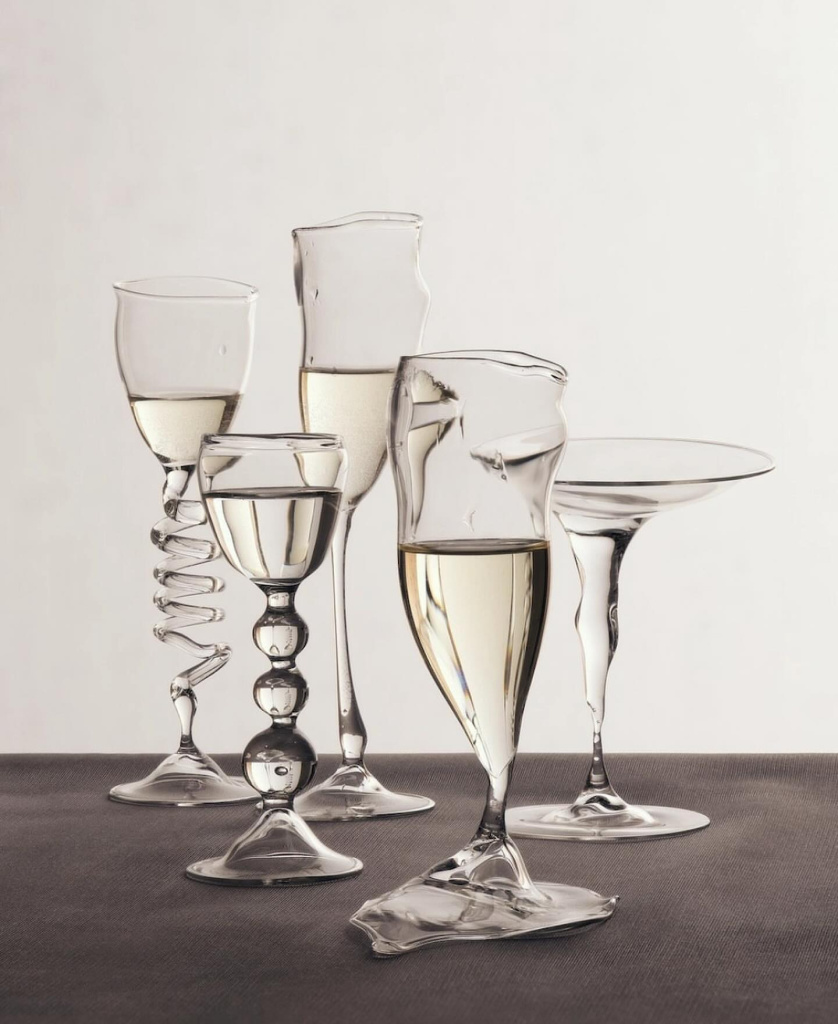
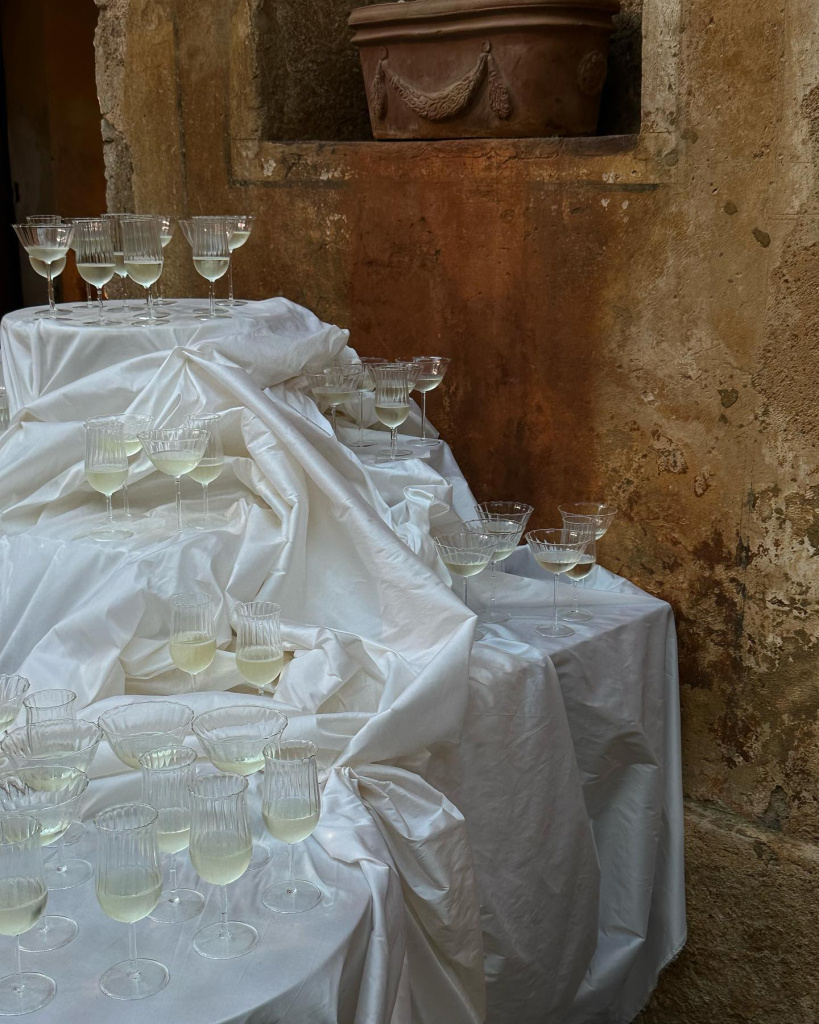
Decor and Presentation
Incorporating wine and Champagne-themed decorations can add a touch of elegance and charm to your wedding decor. Cork centerpieces, crafted from collected wine corks, can create a rustic yet sophisticated look for the tables. Wine bottle table numbers, with elegant calligraphy or custom labels featuring the couple's names and wedding date, add a personal touch and serve as practical decor. Using empty wine barrels as cocktail tables or display stands can enhance the ambiance and provide functional decor elements. Wine crates can be repurposed as flower boxes or to hold guest favors, adding to the thematic continuity. Consider a wine cork guest book, where guests can sign corks that will later be assembled into a unique keepsake. Incorporate grapevine wreaths or grape cluster accents in your floral arrangements to subtly highlight the wine theme. Hanging string lights in the shape of wine bottles or incorporating wine-themed signage can further enhance the romantic and elegant atmosphere of your celebration.
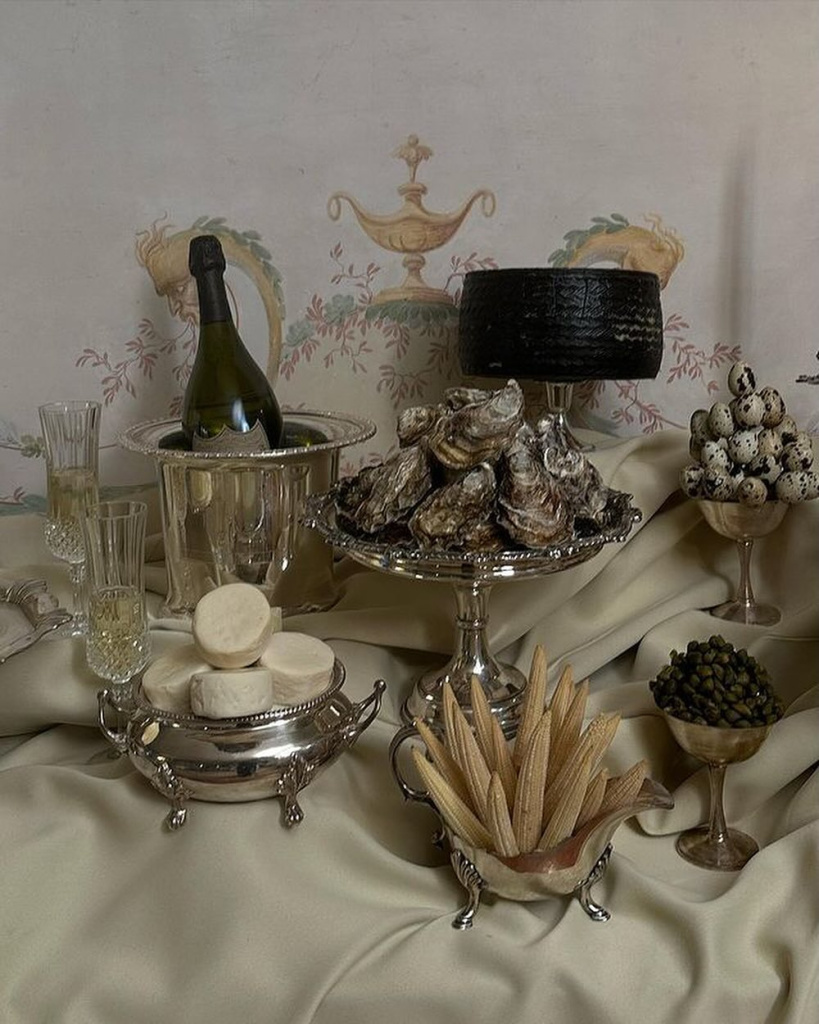
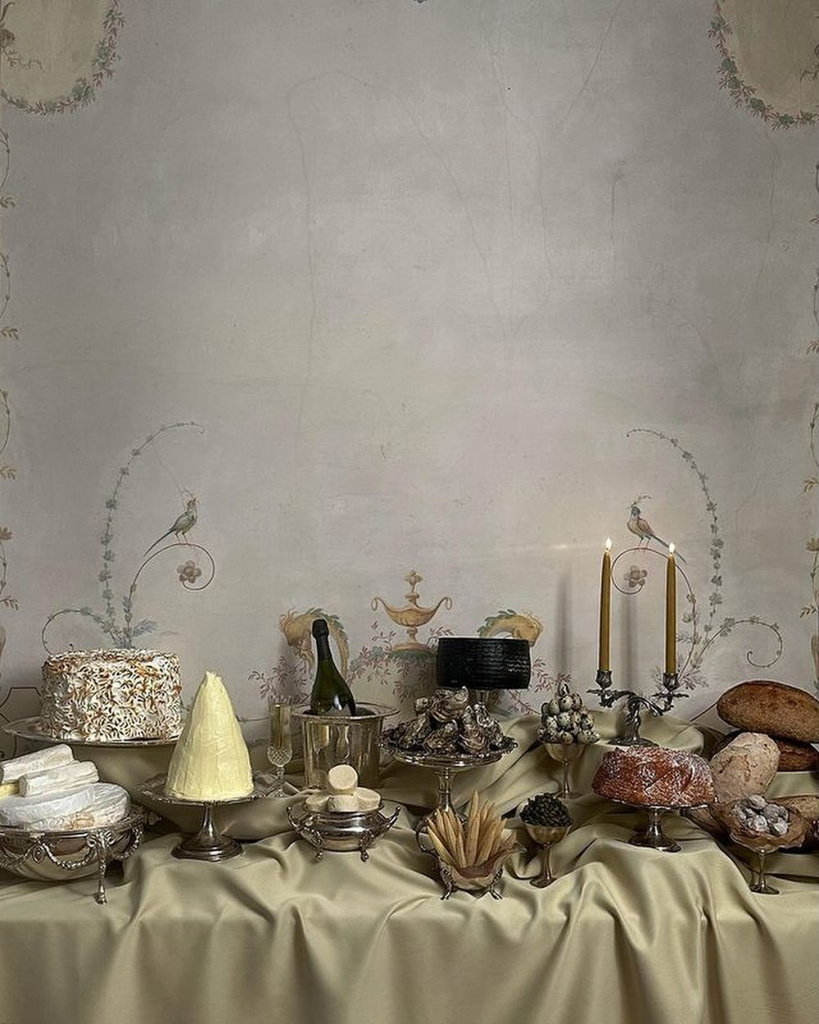
Presenting wine and Champagne bottles in an elegant manner can enhance the overall aesthetic of your wedding. Displaying bottles in vintage silver or crystal ice buckets adds a touch of luxury and keeps the drinks chilled. Personalized labels with the couple's names, wedding date, and a custom design can transform ordinary bottles into memorable decor pieces. For a dramatic effect, consider a Champagne wall where bottles are elegantly displayed for guests to pick up and enjoy. Using wine racks or wooden crates as part of the display can add a rustic charm, while still keeping the presentation organized. Incorporate greenery, flowers, or fairy lights around the bottles to create a visually appealing display that blends with the wedding decor. Serving wine and Champagne from large, beautiful decanters can add a sophisticated touch to the presentation. For a unique twist, consider a wine or Champagne cart that can be rolled around, offering guests a selection of drinks in a stylish and interactive way.
Real-Life Inspirations
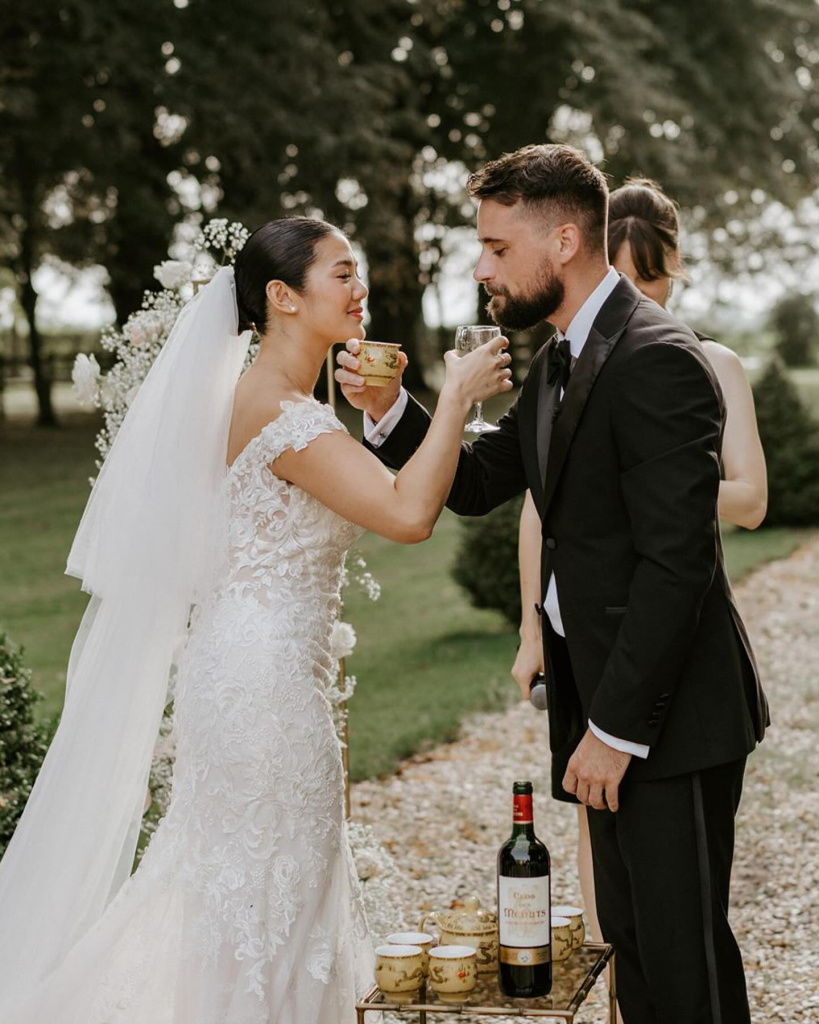
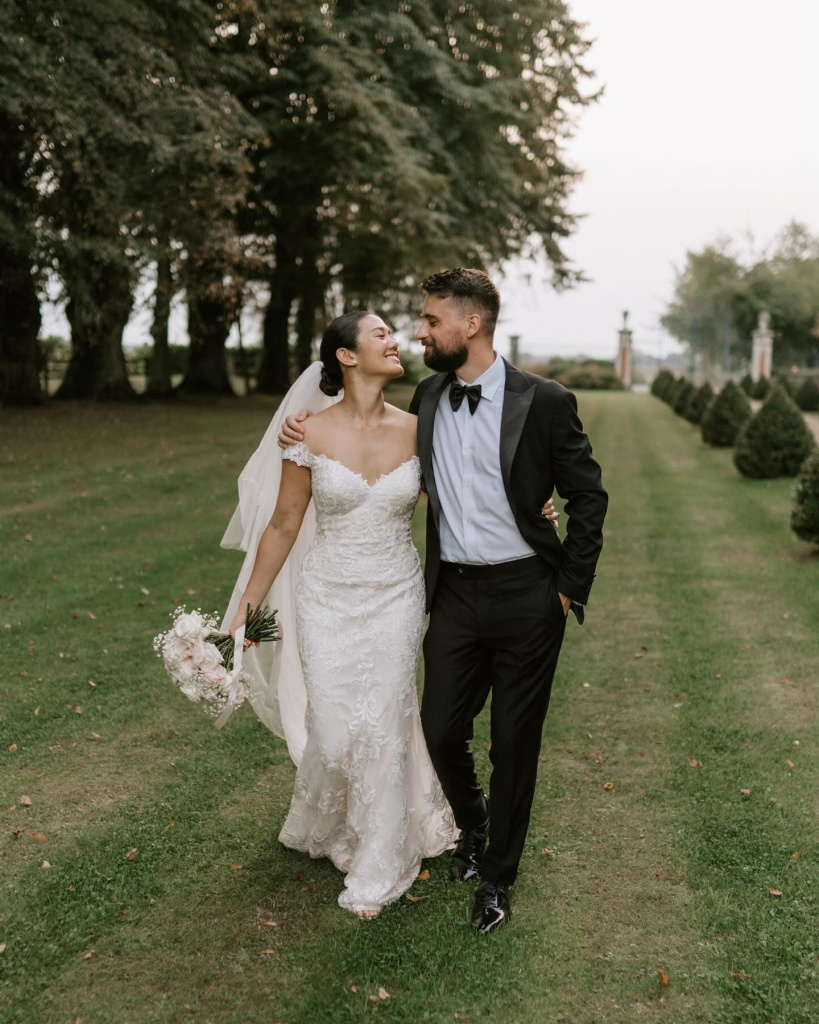
Incorporating Bordeaux wines and Champagne into French weddings not only enhances the celebration's elegance but also symbolizes cultural fusion and tradition. Laura Montorio, an experienced wedding planner, shared a unique story from Michelle and Julien's wedding: 'For Michelle & Julien’s wedding ceremony we created a new wedding ritual for them to symbolize the melting of their two cultures: We blended a Chinese tea ceremony with a French wine ritual. The tea ceremony is a Chinese wedding ritual that dates back to the 7th century. While France is known for great wine, so a wine ritual was the perfect counterpart. So for their wedding ritual we used tea, representing Michelle’s Chinese origins, and wine, representing Julien’s French culture. The bride poured tea into a cup for the groom, and the groom wine into a glass for the bride. To symbolize their union and melting of cultures, they then drank the drink representing the other one’s culture by intertwining their arms.' This blending of traditions highlights how Bordeaux wines and Champagne can be creatively integrated into weddings, embodying both personal and cultural significance.
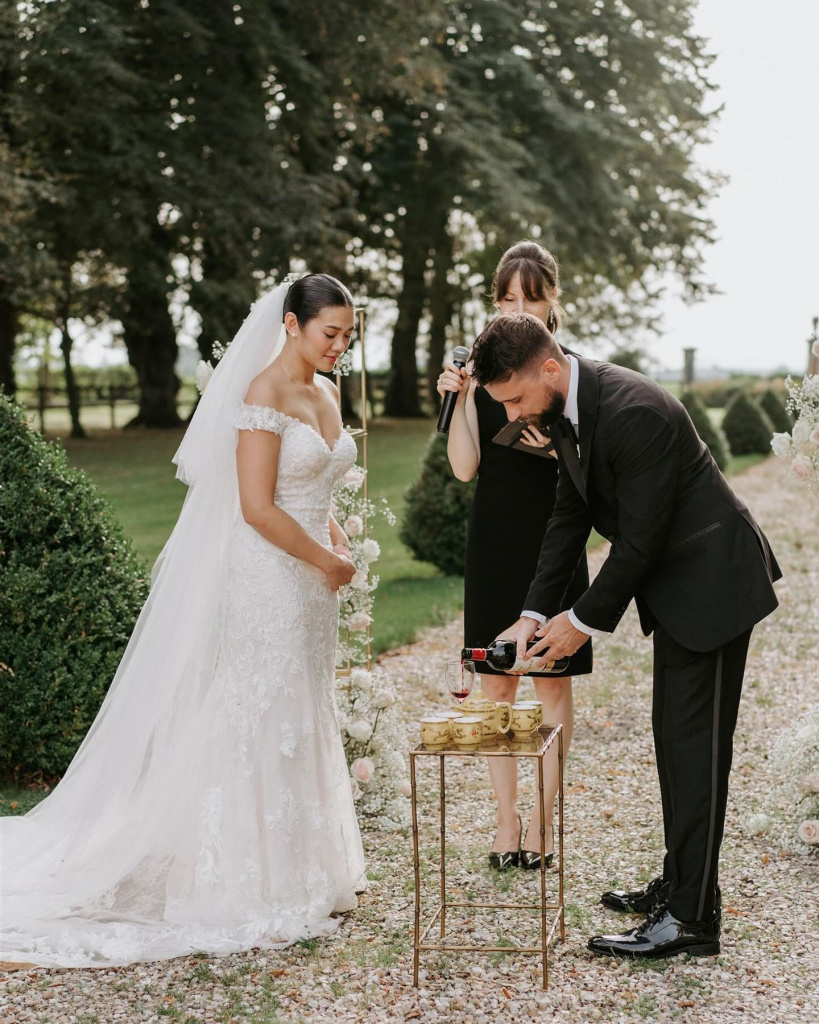
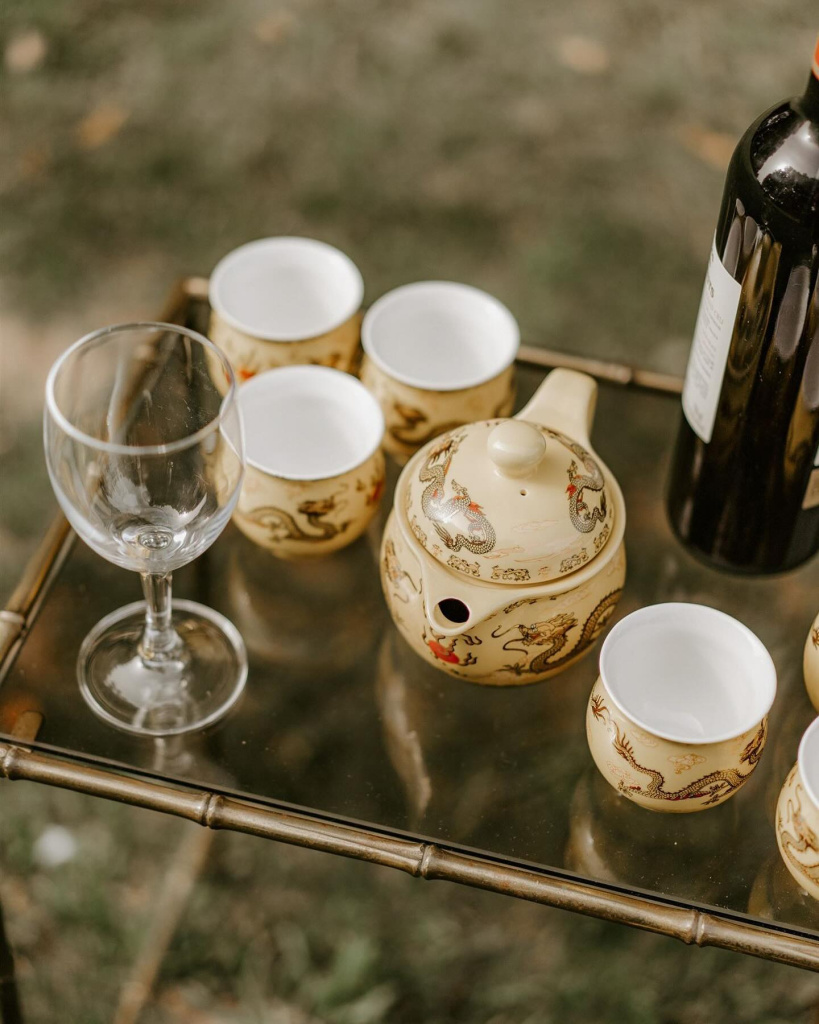
Couples often select prestigious Bordeaux estates such as Château Margaux or Château Haut-Brion to provide guests with exceptional wines that reflect local terroir and craftsmanship. Champagne houses like Moët & Chandon and Veuve Clicquot are popular choices for their renowned quality and ability to enhance the festive atmosphere with sparkling sophistication. These weddings typically feature expertly curated wine and Champagne pairings tailored to complement each course of the gourmet menu, ensuring a memorable dining experience. Decor elements such as wine barrel cocktail tables or vineyard-inspired centerpieces further immerse guests in the romantic ambiance of French wine country. Personal touches like engraved wine glasses or customized wine labels add a personalized flair and serve as cherished mementos for guests. Overall, these weddings showcase how Bordeaux wines and Champagne can elevate the celebration, creating a memorable and elegant experience that reflects the couple's appreciation for both culinary excellence and cultural heritage.
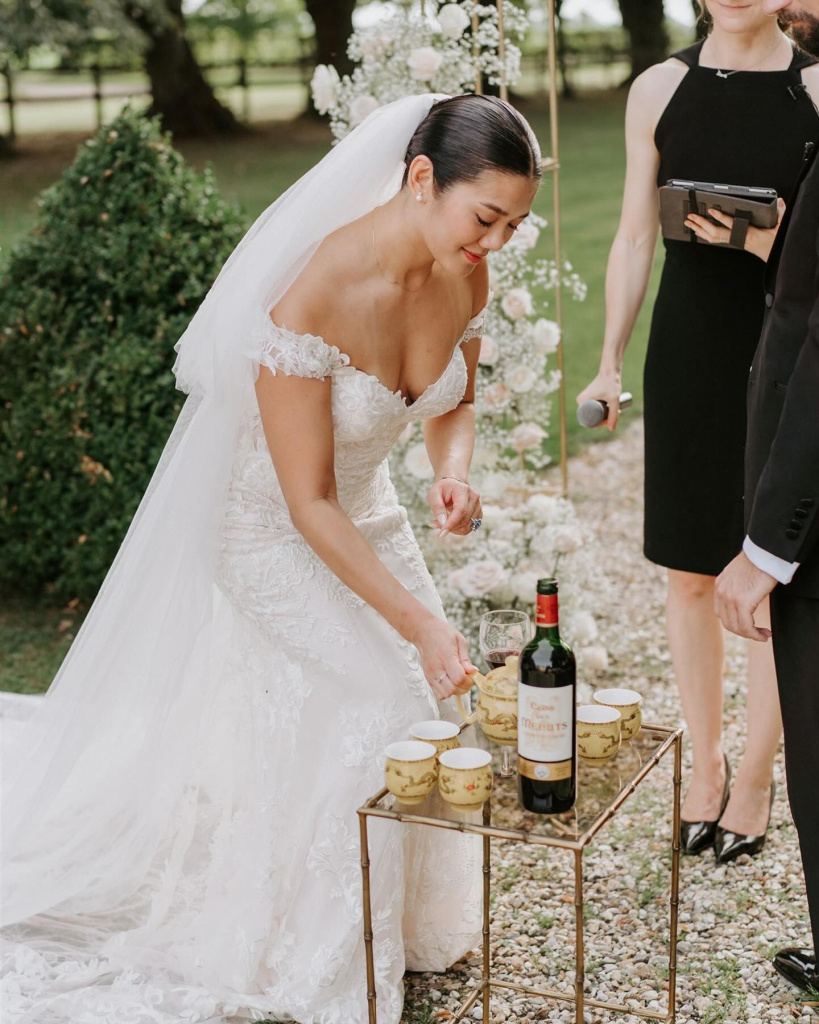
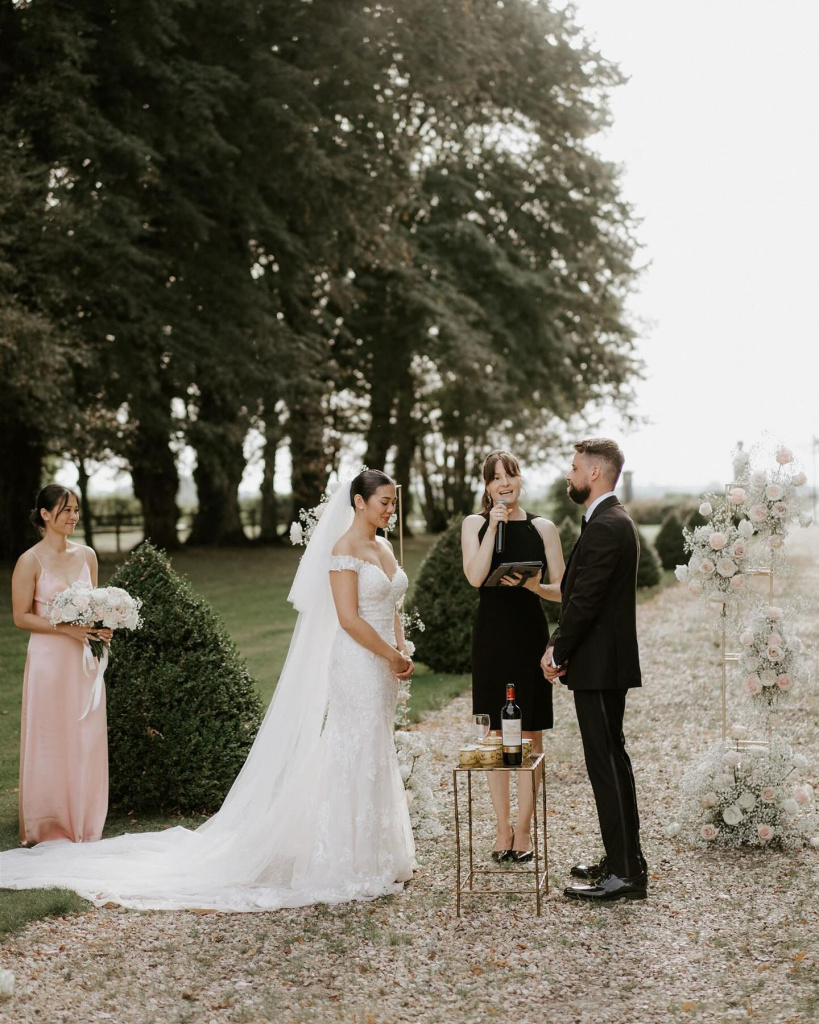
Bordeaux wines and Champagne play a pivotal role in French weddings, symbolizing sophistication, celebration, and cultural heritage. Bordeaux wines, renowned for their diversity and terroir-driven flavors, offer guests a taste of France's esteemed winemaking traditions. Champagne, with its effervescence and elegance, elevates toasts and special moments throughout the wedding festivities. Expertly curated pairings with gourmet cuisine enhance the dining experience, creating unforgettable memories for both the couple and their guests. Decor elements inspired by French wine country, such as vineyard motifs and personalized wine labels, further enrich the ambiance of these celebrations. Ultimately, Bordeaux wines and Champagne contribute to a wedding that honors culinary excellence and embodies the timeless allure of French culture.
Embracing the cultural richness of French wines and Champagne opens doors to a world of elegance, tradition, and celebration for your wedding. From the iconic vineyards of Bordeaux to the prestigious Champagne houses, these beverages offer a sense of history and sophistication that enhances every aspect of your special day. Incorporate wine-themed elements into your decor and festivities to create a romantic ambiance that transports guests to the heart of French wine country. Allow your wedding to showcase not only your love for each other but also your appreciation for the artistry and craftsmanship behind Bordeaux wines and Champagne. Celebrate with toasts that sparkle with effervescence and pairings that delight the palate, ensuring a wedding experience that is both memorable and deeply meaningful. Embrace this journey into French wine culture as a way to create cherished memories and a lasting legacy of your union.
20 Tips for Couples on Incorporating Bordeaux Wines and Champagne into Wedding:
- Start Early: Begin planning your wine and Champagne selections well in advance to ensure availability and to secure desired vintages.
- Understand Your Preferences: Explore different Bordeaux varietals and Champagne styles to find ones that match your taste preferences and wedding theme.
- Consult with Experts: Seek advice from sommeliers or wine professionals who can provide guidance on wine pairings and selections based on your menu.
- Consider Budget: Determine your budget for wines and Champagnes early on to allocate funds accordingly and avoid overspending.
- Personalize Labels: Create custom wine labels or Champagne tags with your names, wedding date, or a special message to add a personal touch.
- Include Regional Flavors: Incorporate local Bordeaux wines or Champagnes from notable houses to showcase regional flavors and cultural significance.
- Pairing with Food: Plan wine pairings that complement each course of your wedding menu, from appetizers to dessert, for a cohesive dining experience.
- Offer Variety: Provide a selection of red, white, and rosé Bordeaux wines, along with a range of Champagne styles, to cater to different guest preferences.
- Create Signature Cocktails: Develop signature cocktails using Champagne or Bordeaux wines as a base, reflecting your favorite flavors or wedding colors.
- Tasting Stations: Set up wine tasting stations where guests can sample different Bordeaux wines or Champagnes to discover new favorites.
- Educate Guests: Share information about your chosen wines and Champagnes through tasting notes or menu cards to enhance guest appreciation.
- Enhance Décor: Use wine barrels, corks, or grapevine accents in your décor to tie in the Bordeaux and Champagne theme throughout your venue.
- Incorporate Wine Rituals: Consider a wine unity ceremony or other symbolic gestures involving Bordeaux wines or Champagnes to add meaning to your ceremony.
- Serve at Optimal Temperatures: Ensure wines and Champagnes are served at the appropriate temperatures to preserve their flavors and effervescence.
- Plan for Storage and Serving: Arrange for proper storage and handling of wines and Champagnes to maintain quality before and during your wedding day.
- Personalized Gifts: Offer personalized wine bottles or Champagne miniatures as wedding favors for guests to take home and cherish.
- Celebrate with Toasts: Schedule special moments for Champagne toasts throughout your wedding festivities to mark significant moments with elegance.
- Capture Memories: Arrange for professional photos of wine and Champagne displays or toasts to preserve these special memories.
- Stay True to Your Theme: Integrate Bordeaux wines and Champagnes into your overall wedding theme and colors to create a cohesive and memorable atmosphere.
- Enjoy the Process: Above all, enjoy the process of selecting, tasting, and sharing Bordeaux wines and Champagnes with your loved ones as you celebrate your union in style.
Incorporating Bordeaux wines and Champagne into French weddings not only enhances the celebratory atmosphere but also pays homage to France's rich cultural heritage and culinary excellence. From prestigious Bordeaux estates like Château Margaux to iconic Champagne houses such as Moët & Chandon, these beverages add sophistication and elegance to every aspect of the wedding festivities. Carefully curated wine pairings complement gourmet menus, creating a memorable dining experience for guests. Personalized touches like custom wine labels and themed décor elements further elevate the celebration, reflecting the couple's unique style and appreciation for fine wines. Ultimately, Bordeaux wines and Champagne serve not just as beverages but as integral components that enrich the wedding day, creating lasting memories of love, joy, and the beauty of French traditions.







